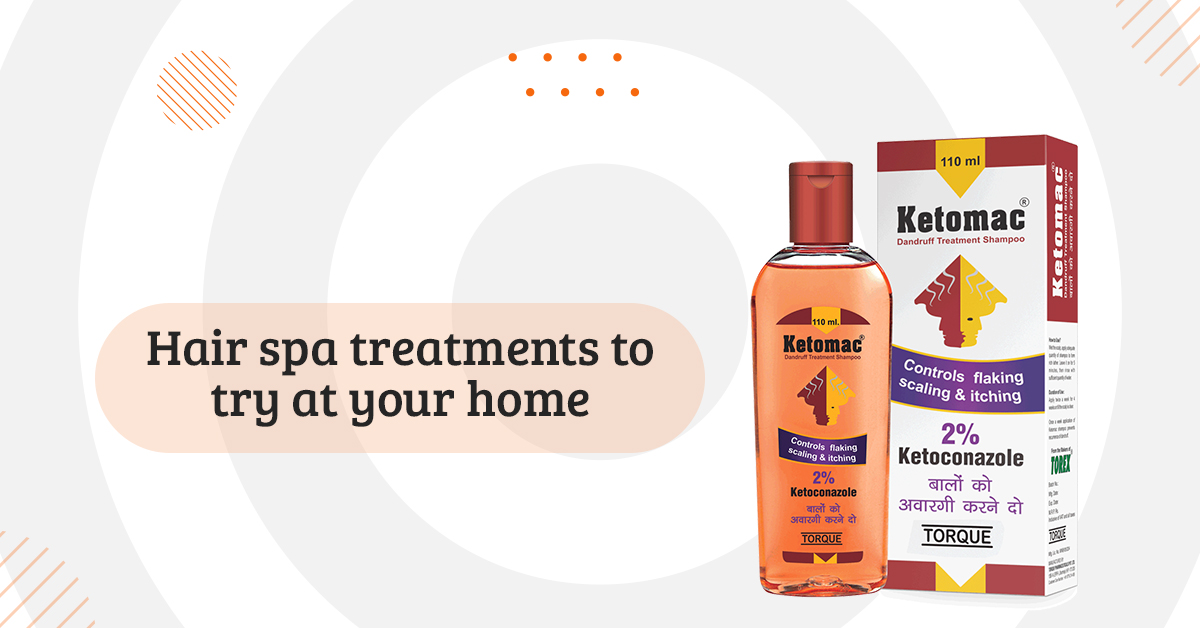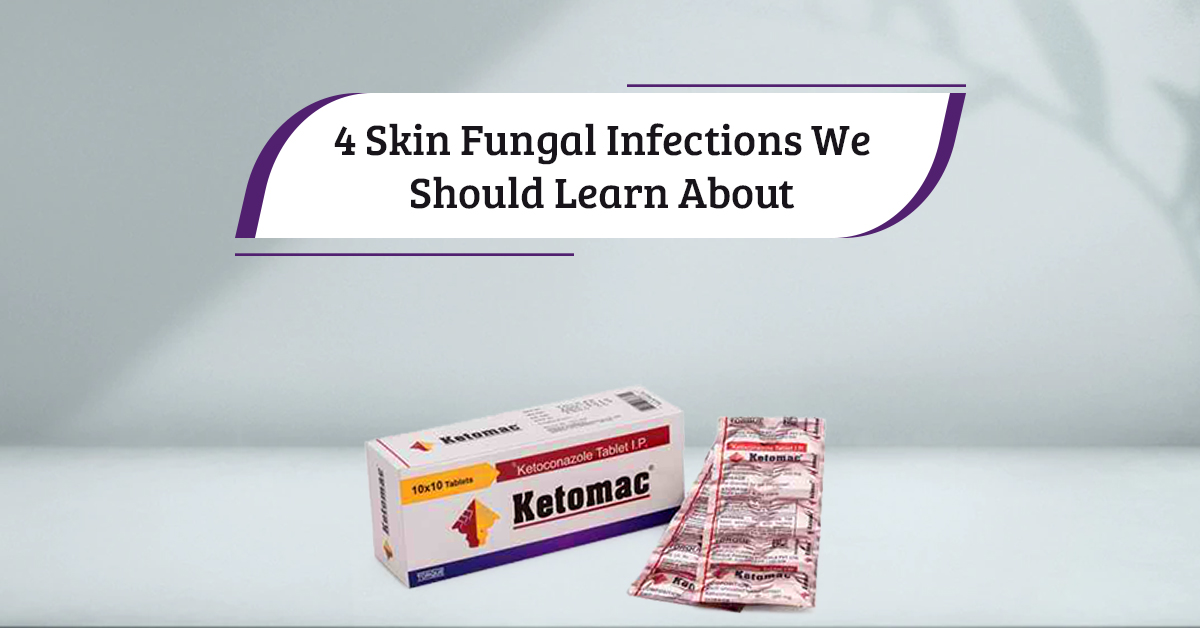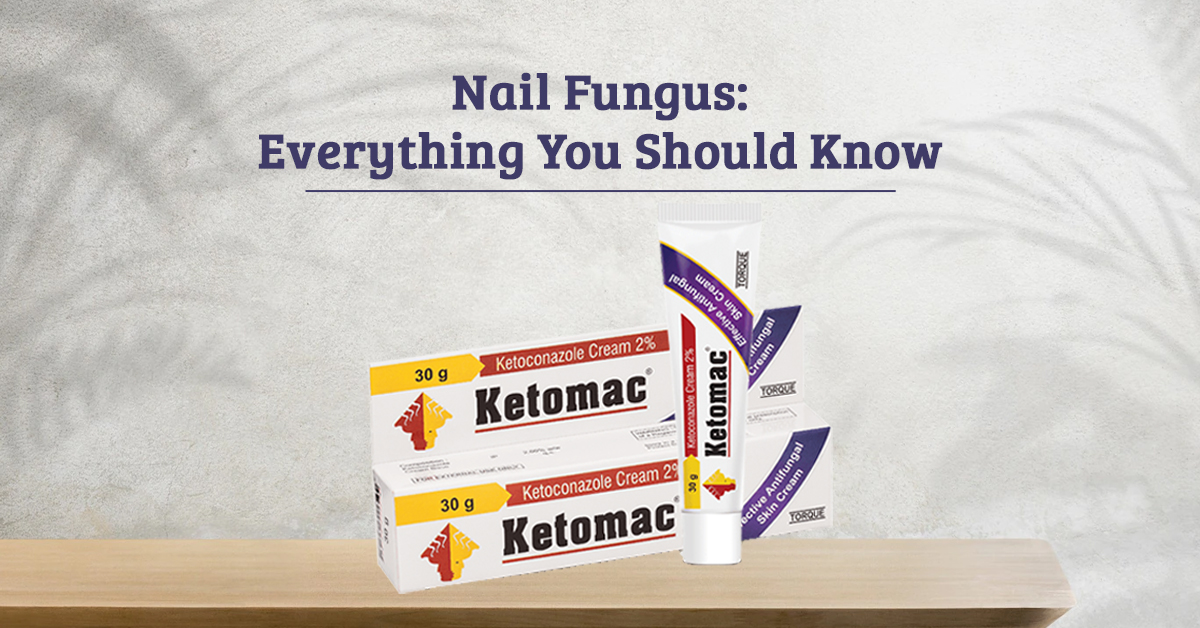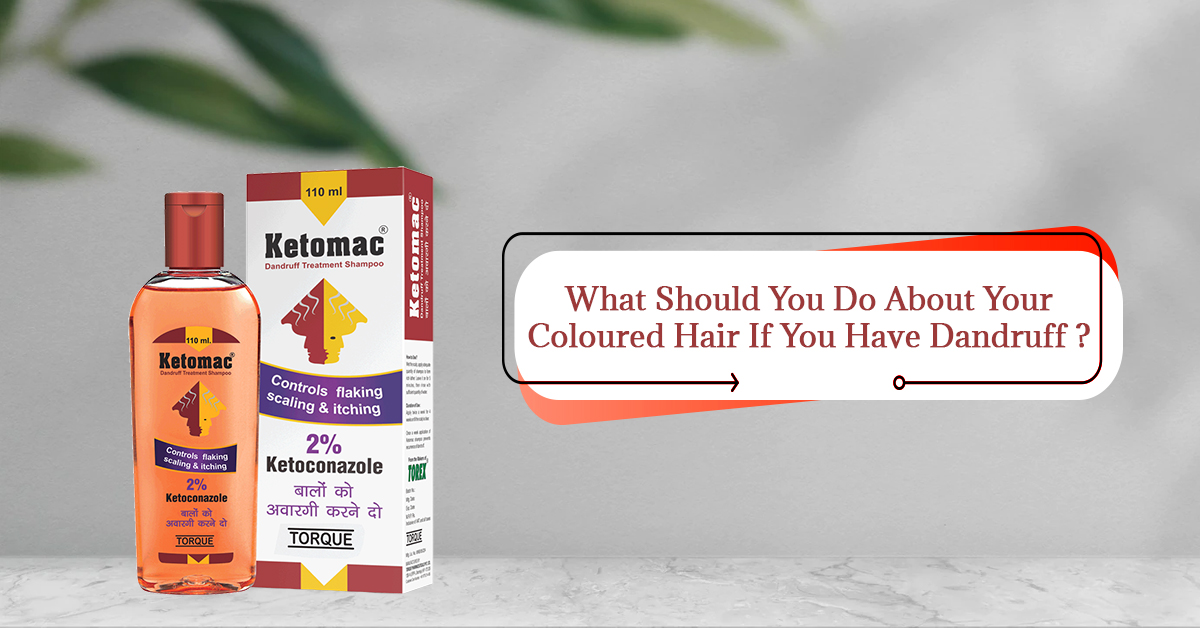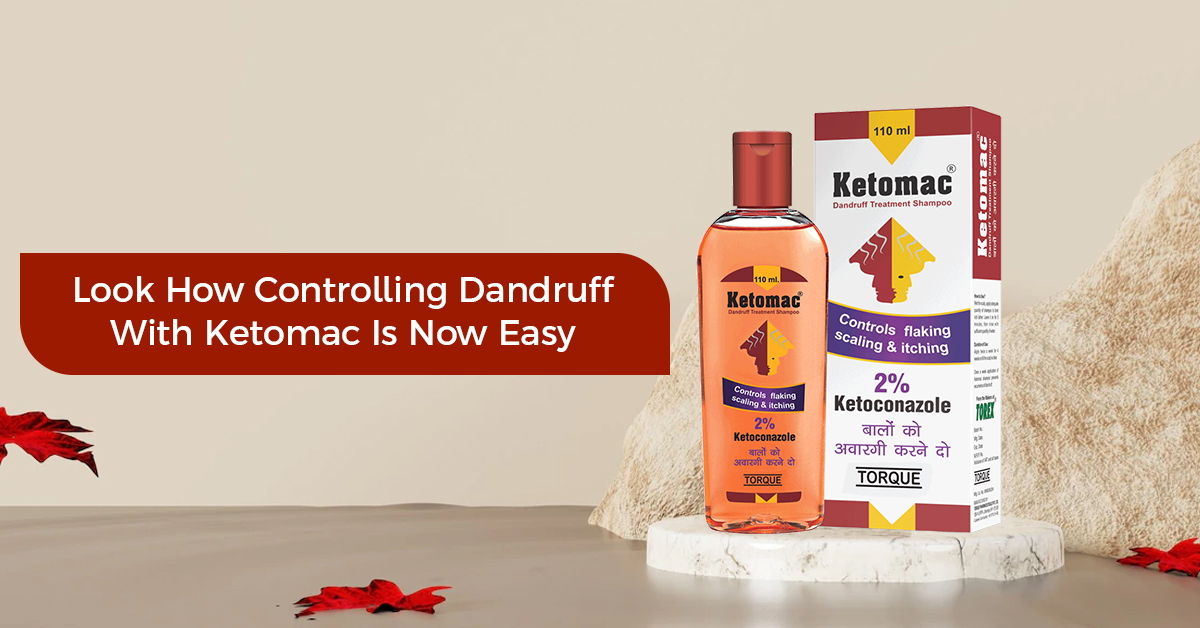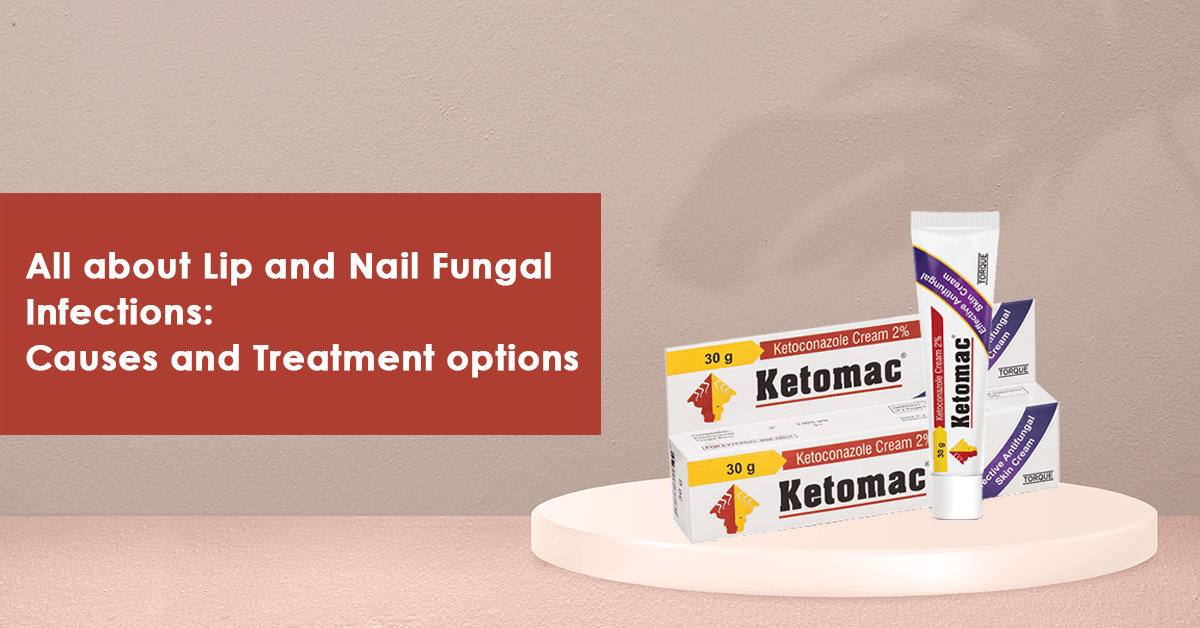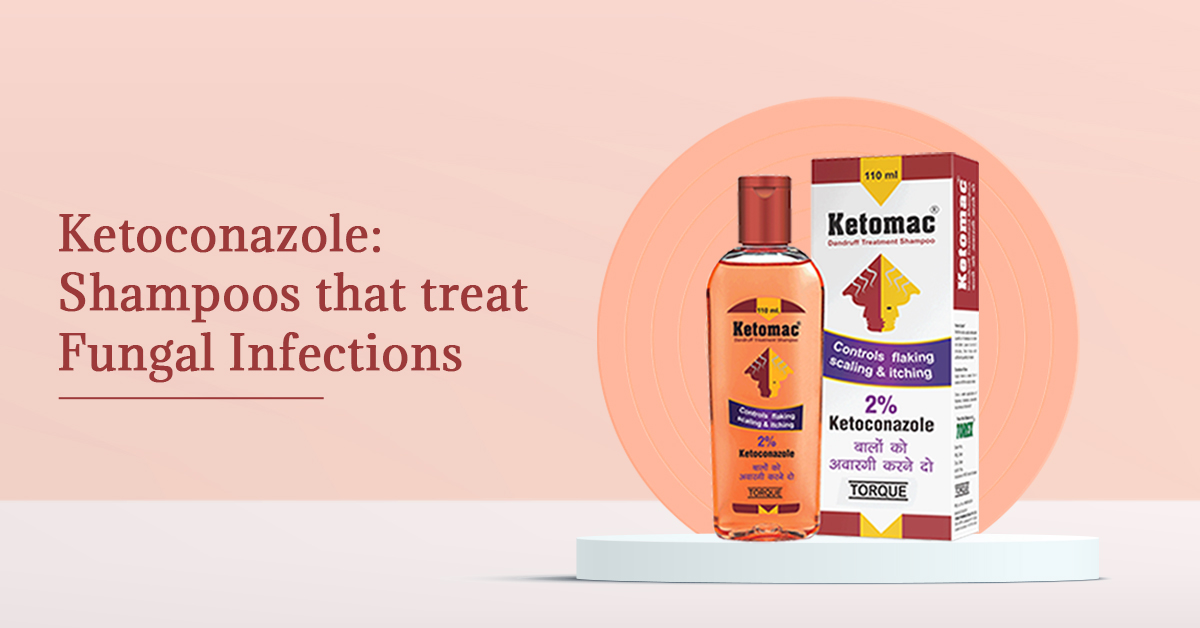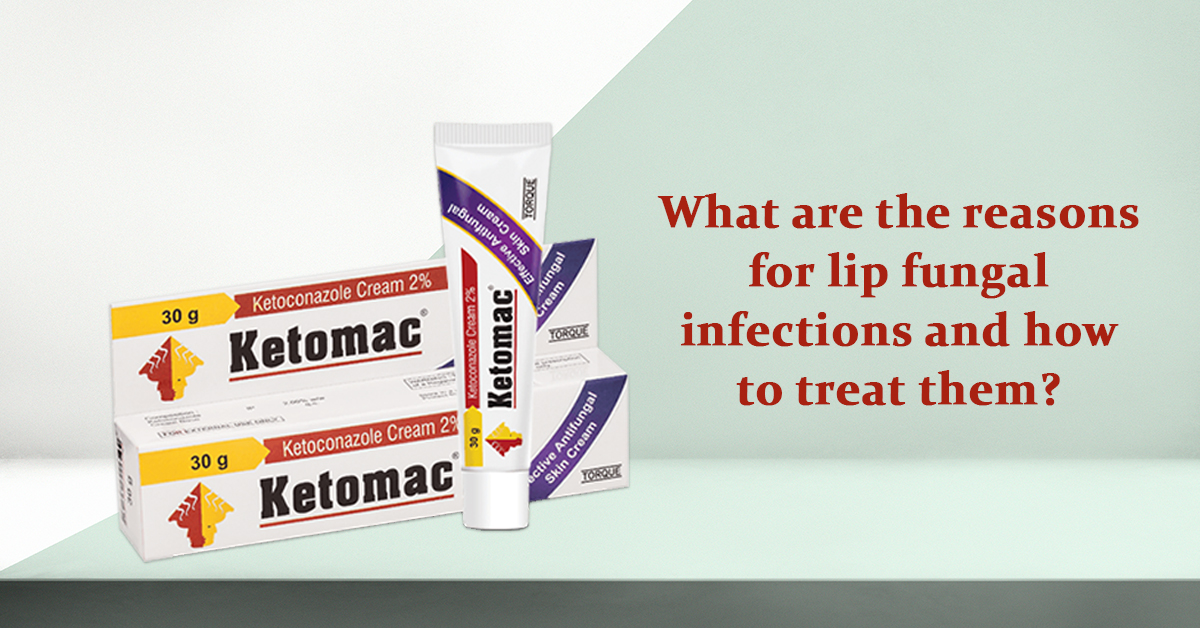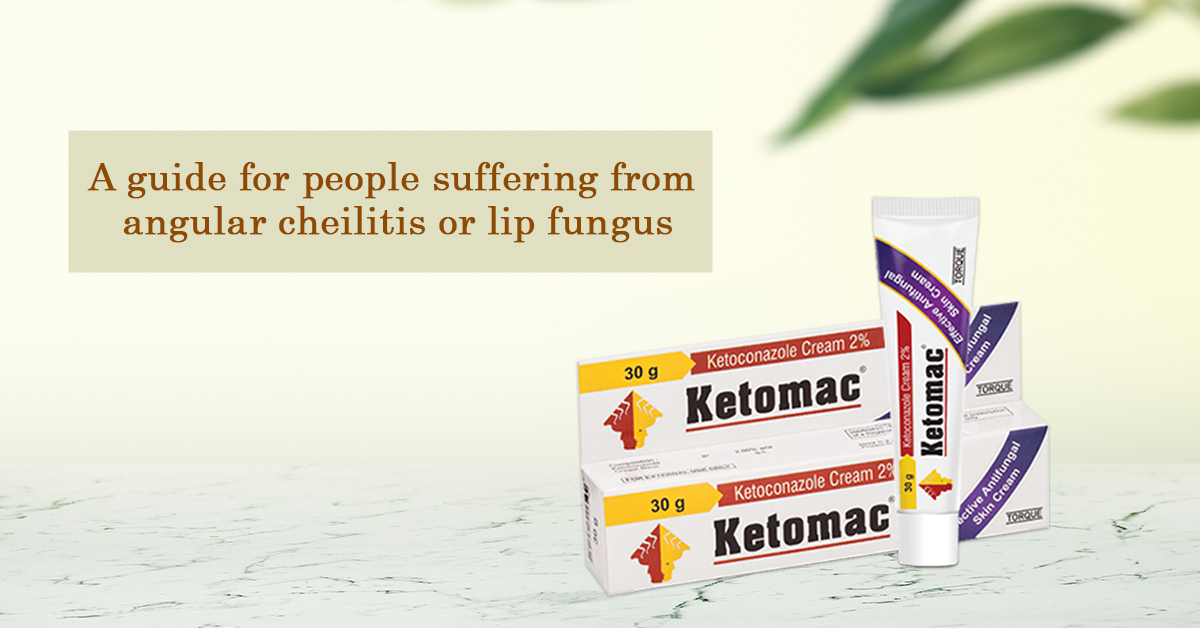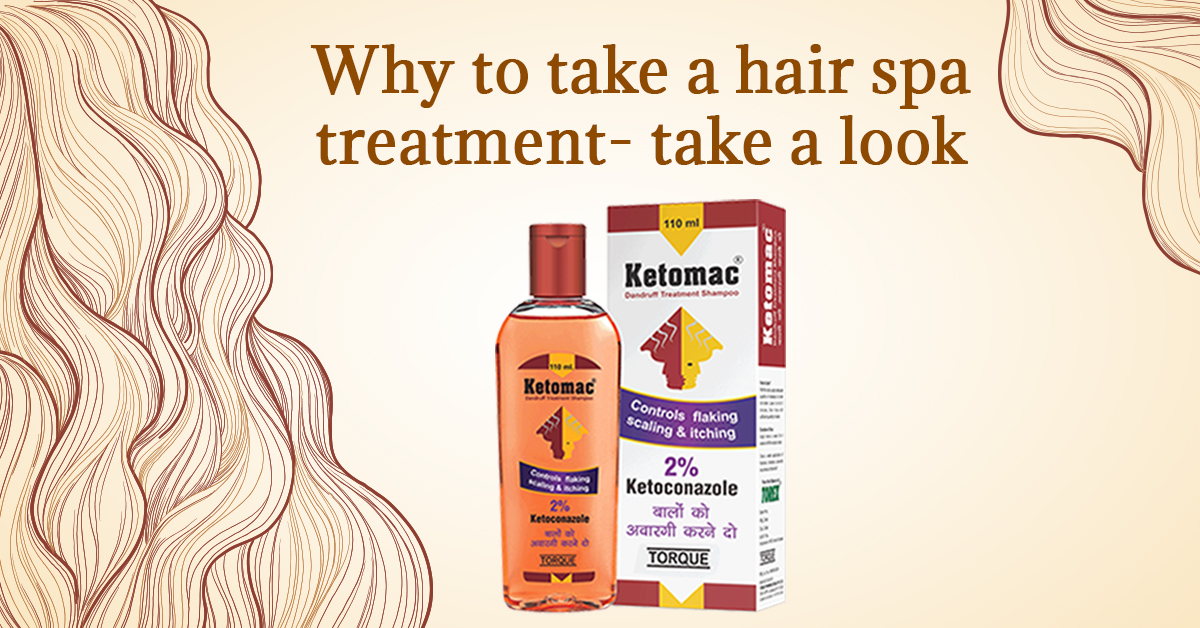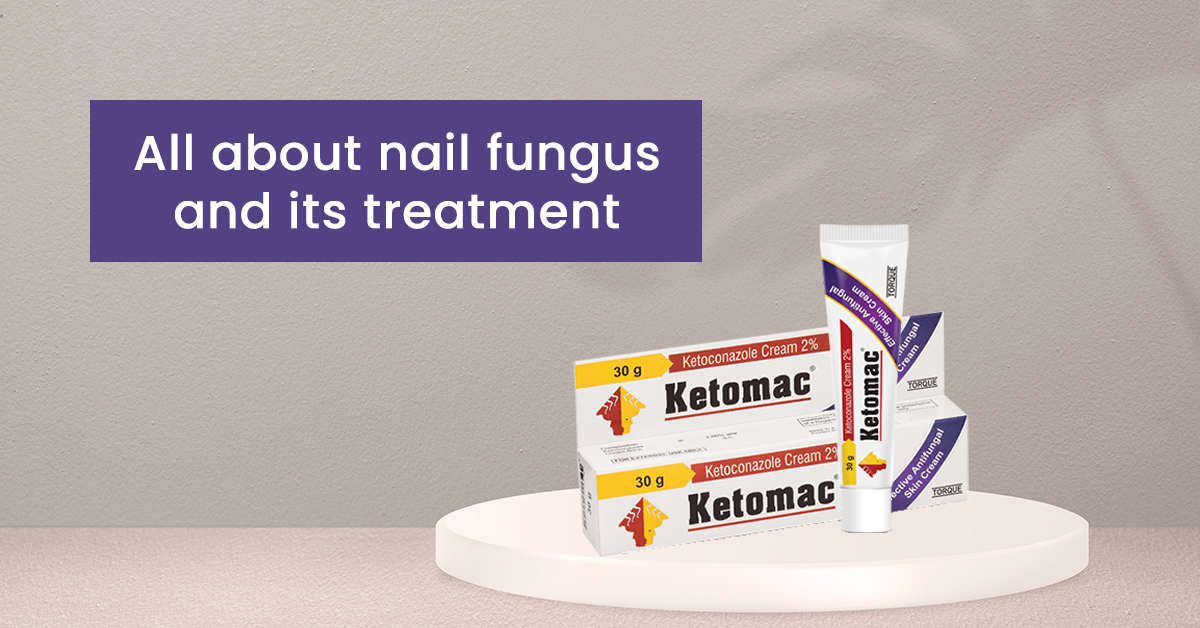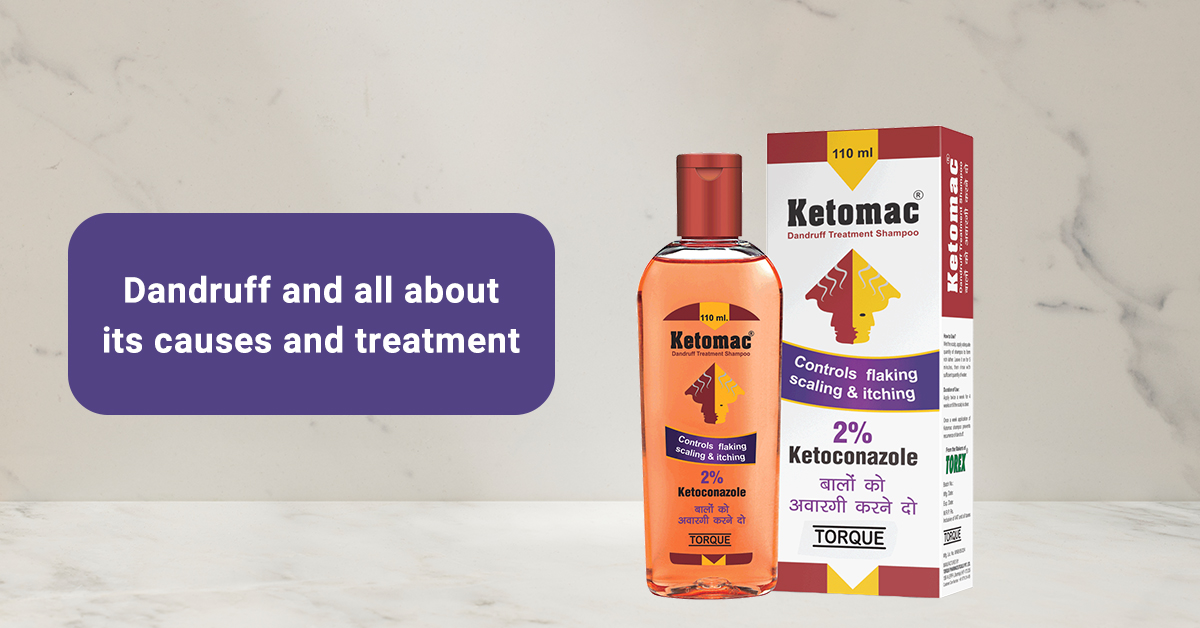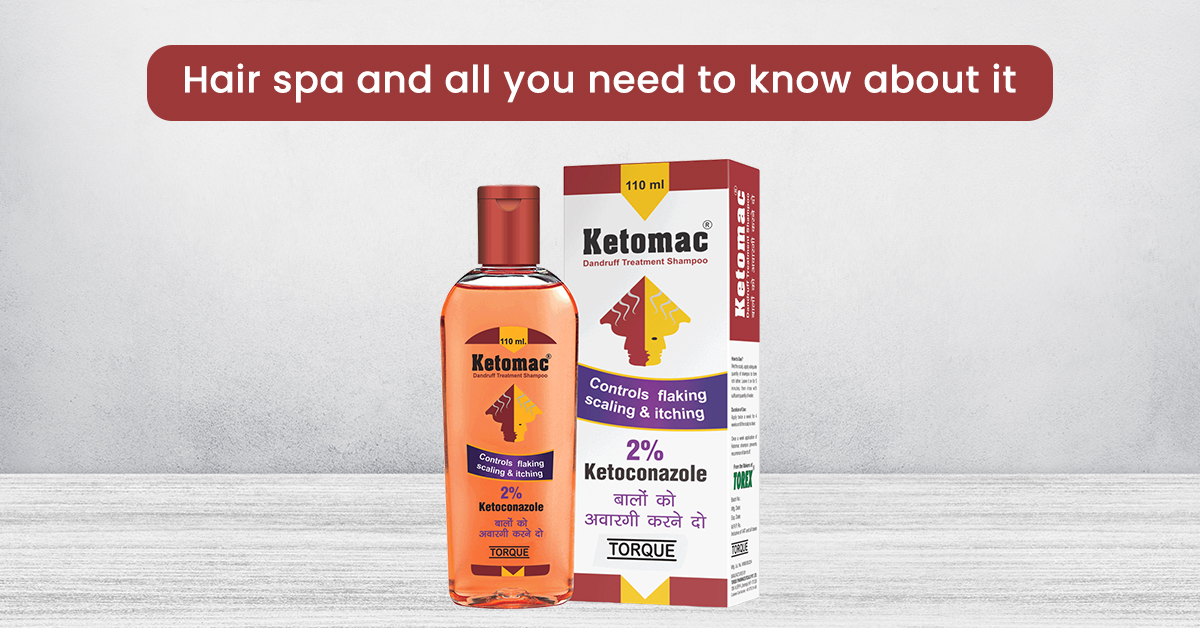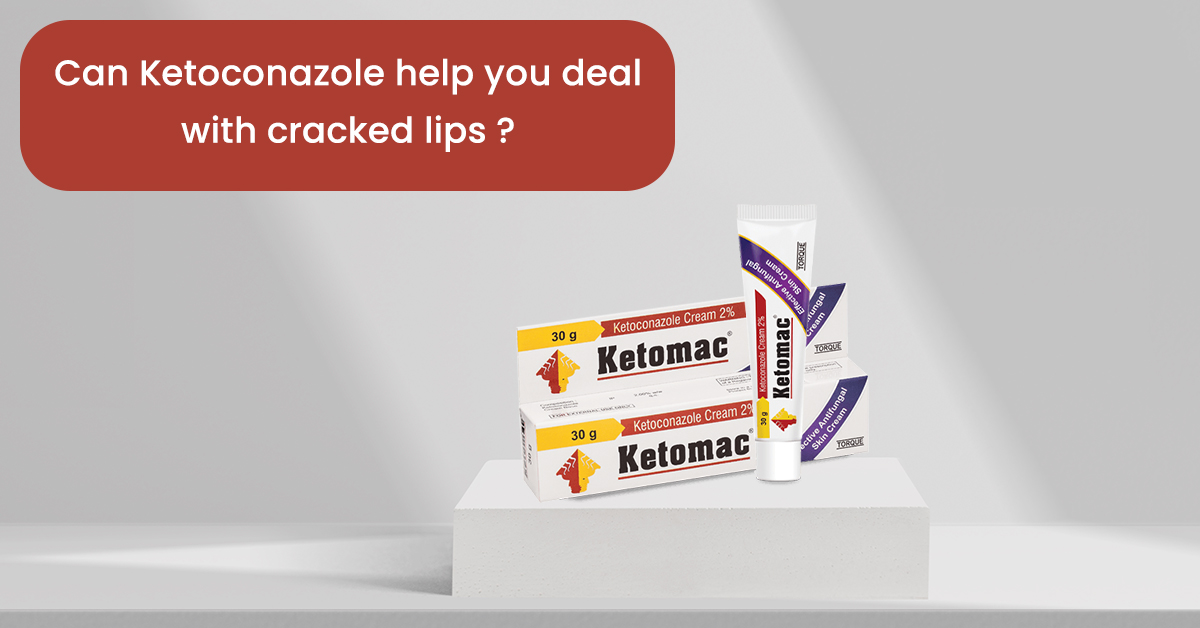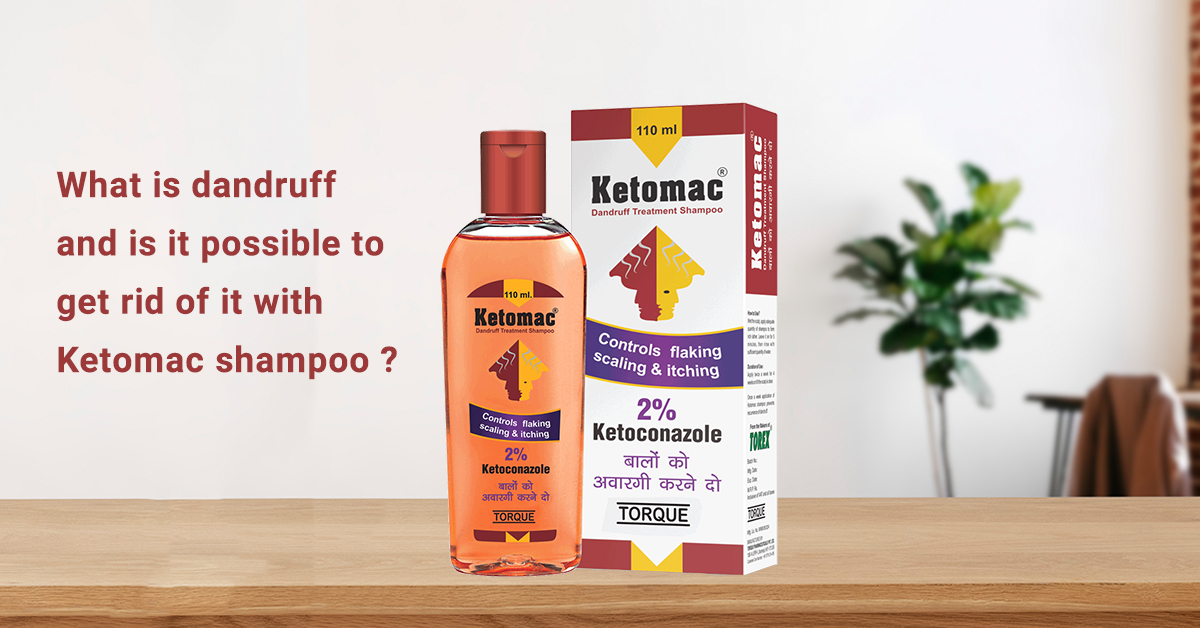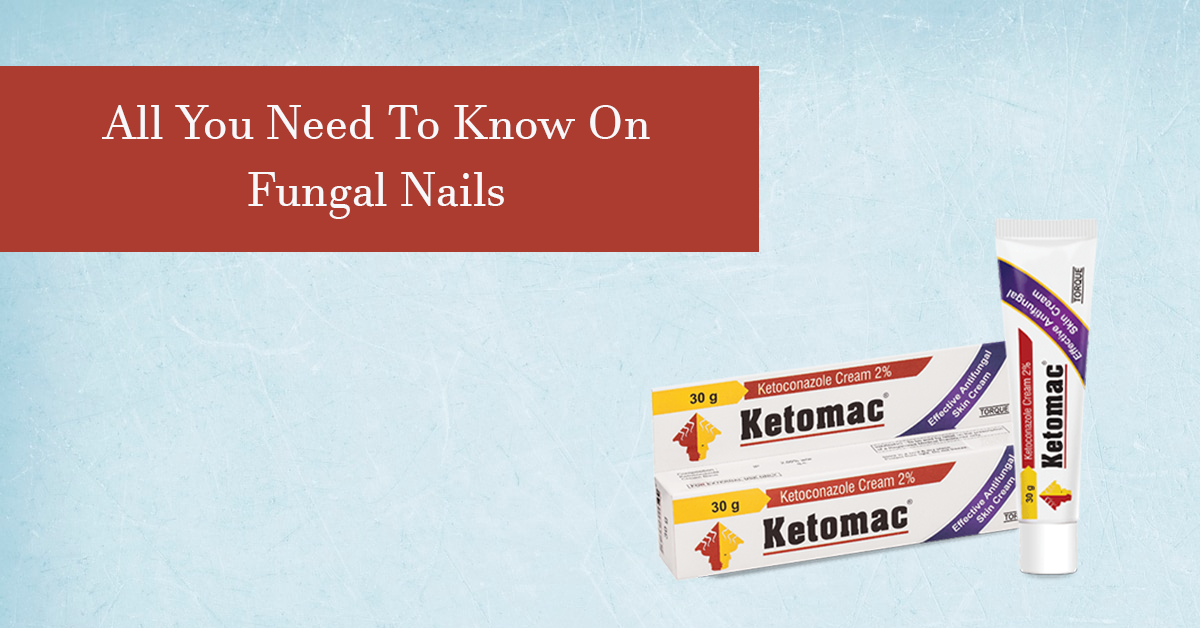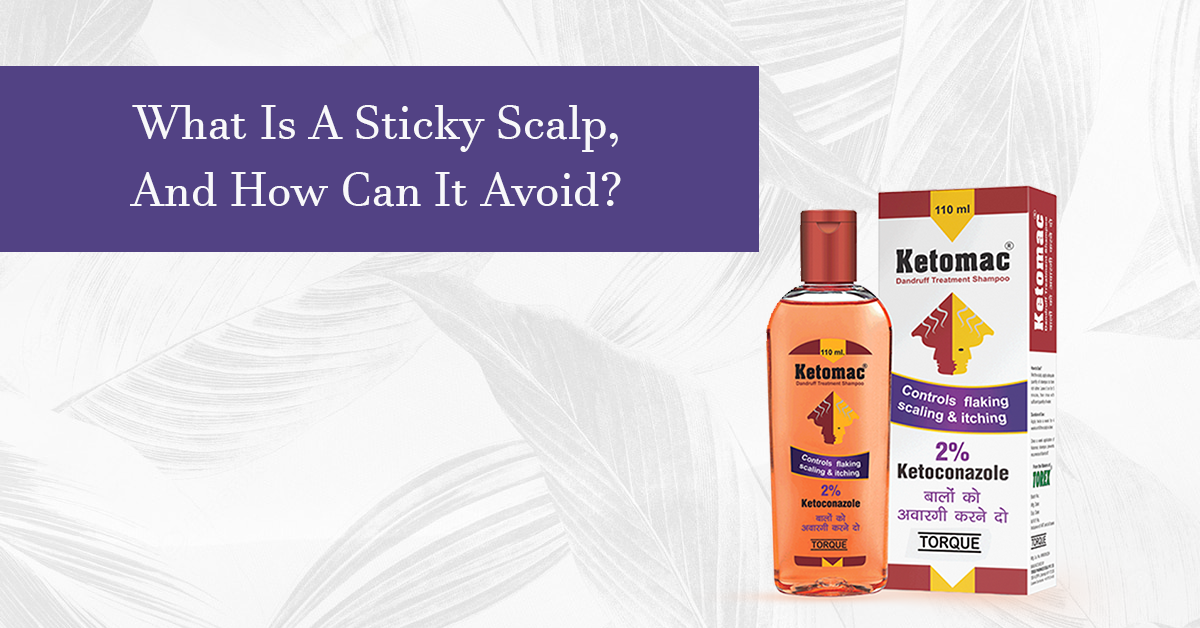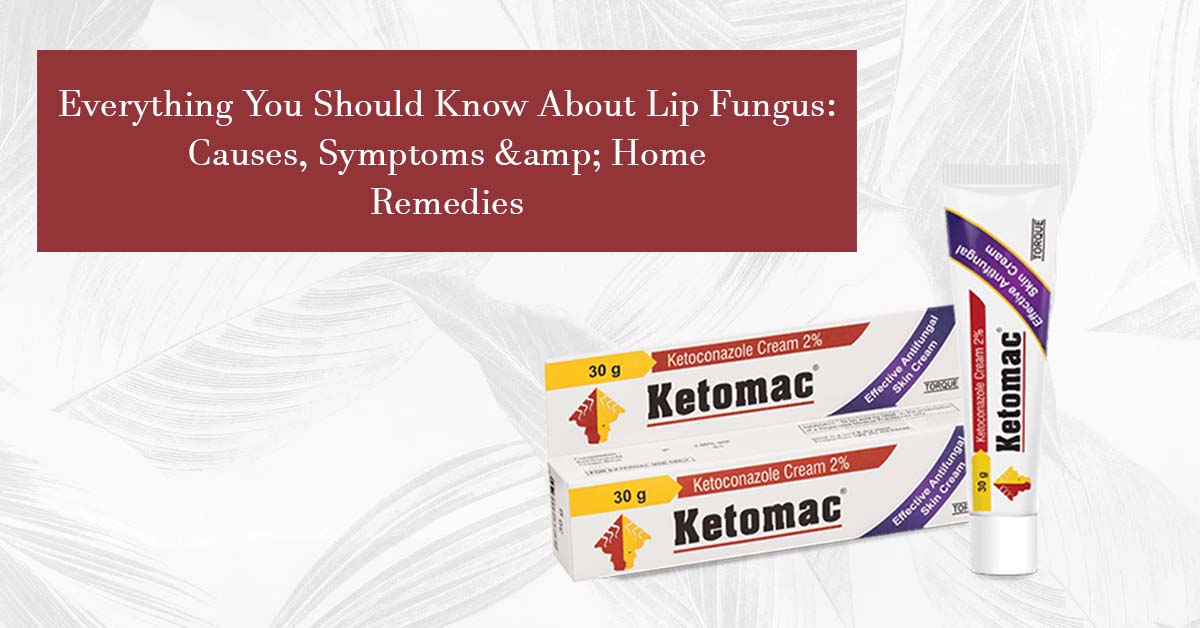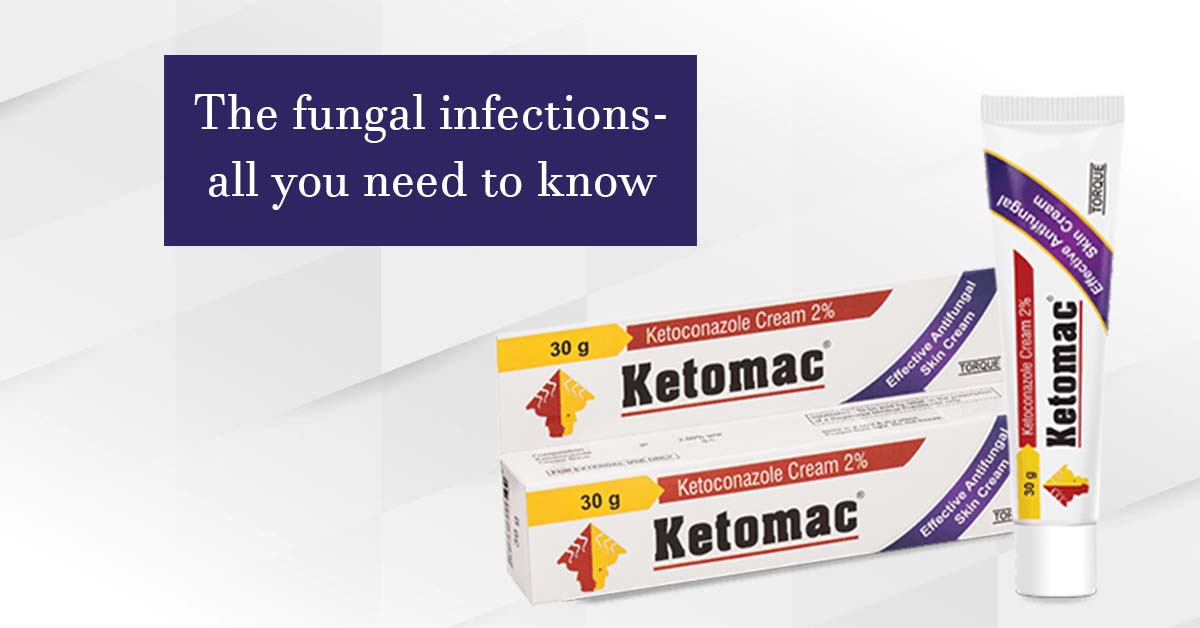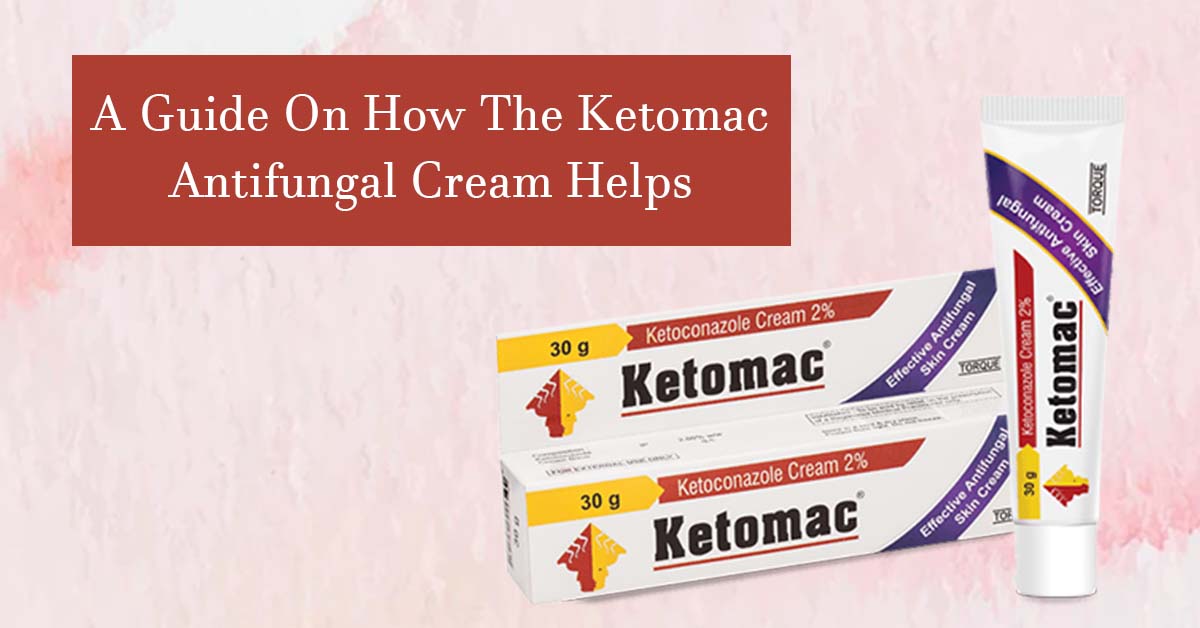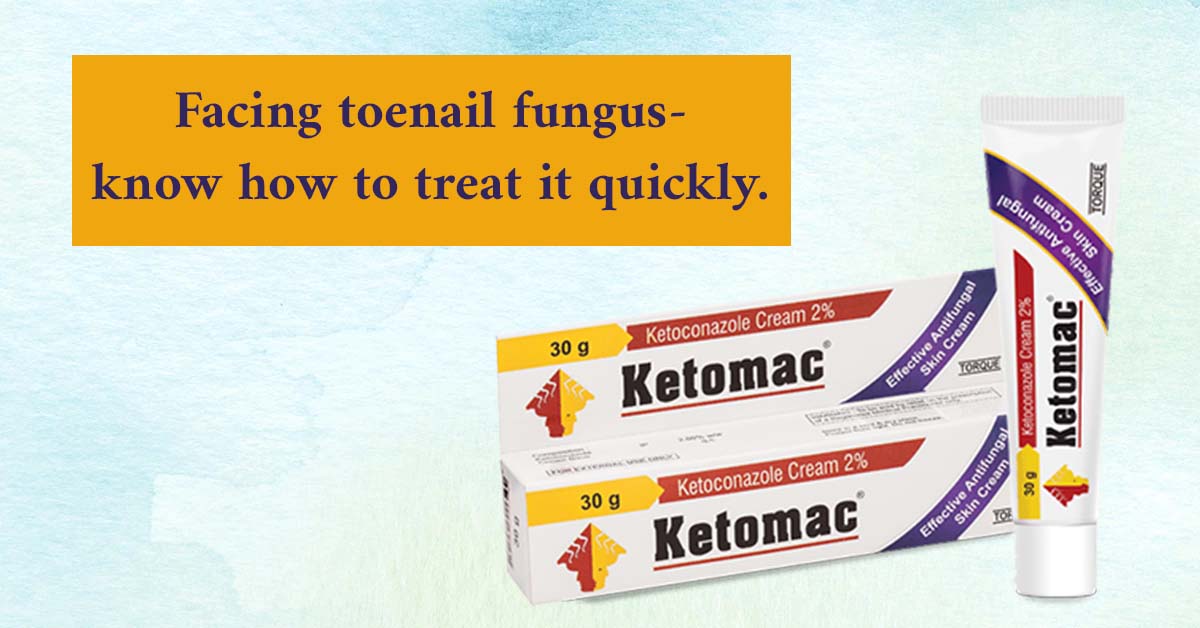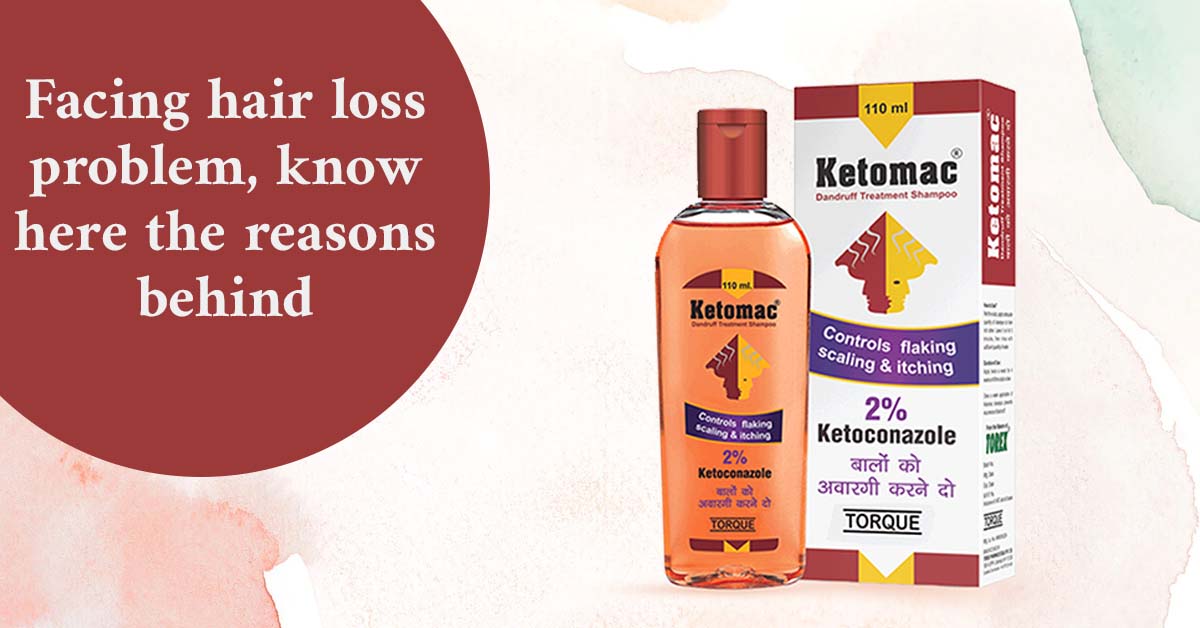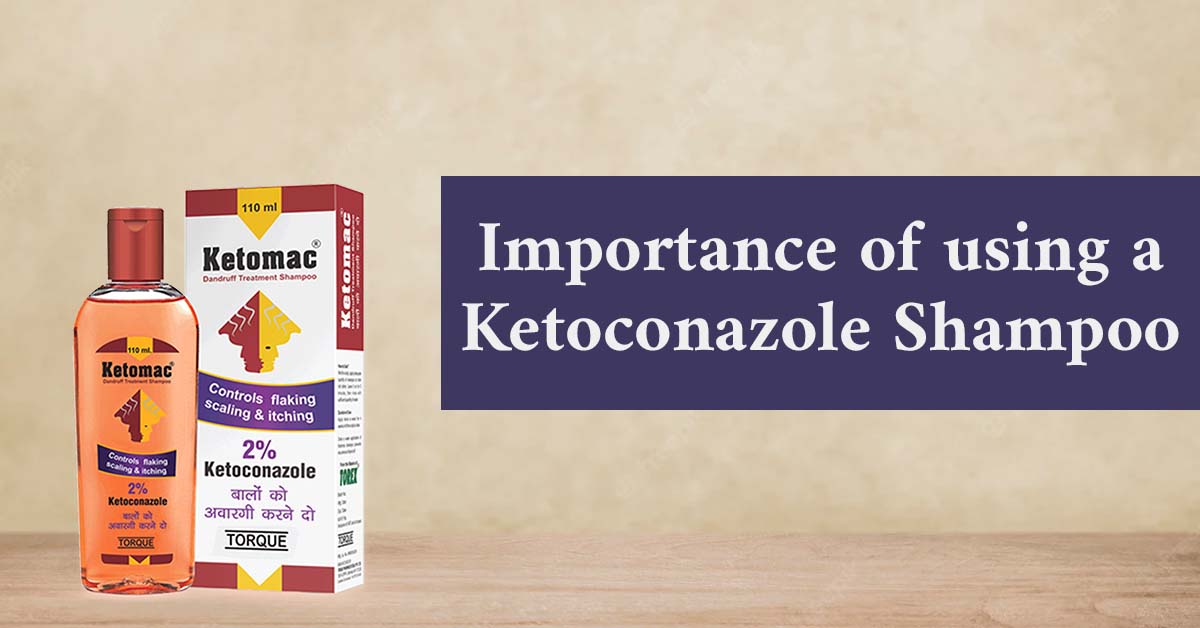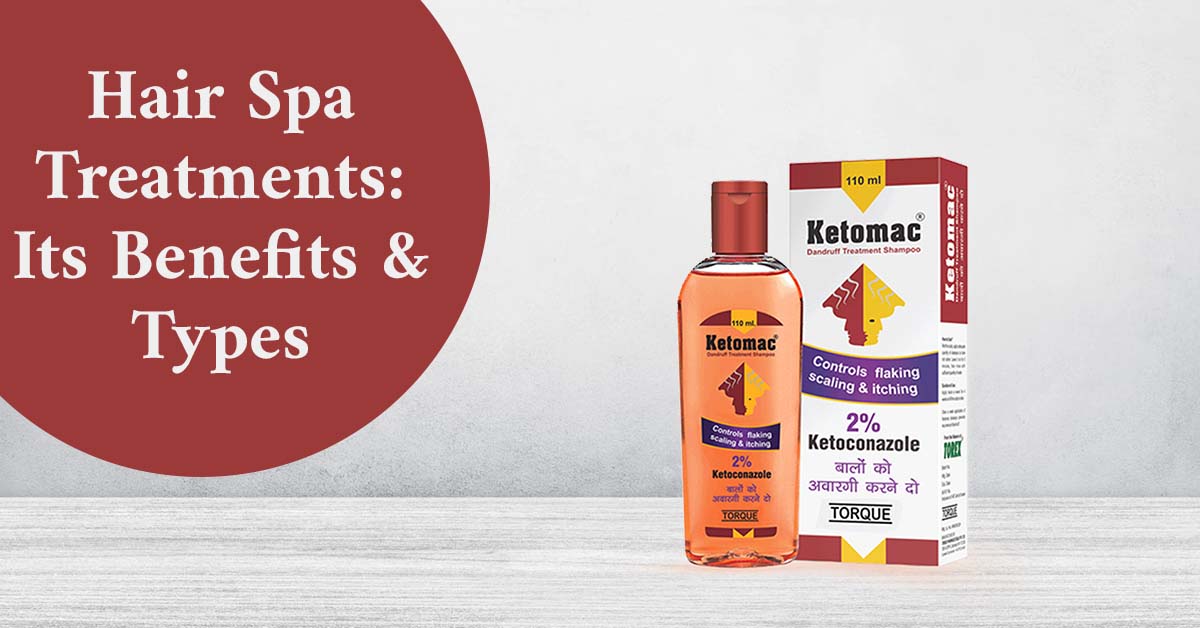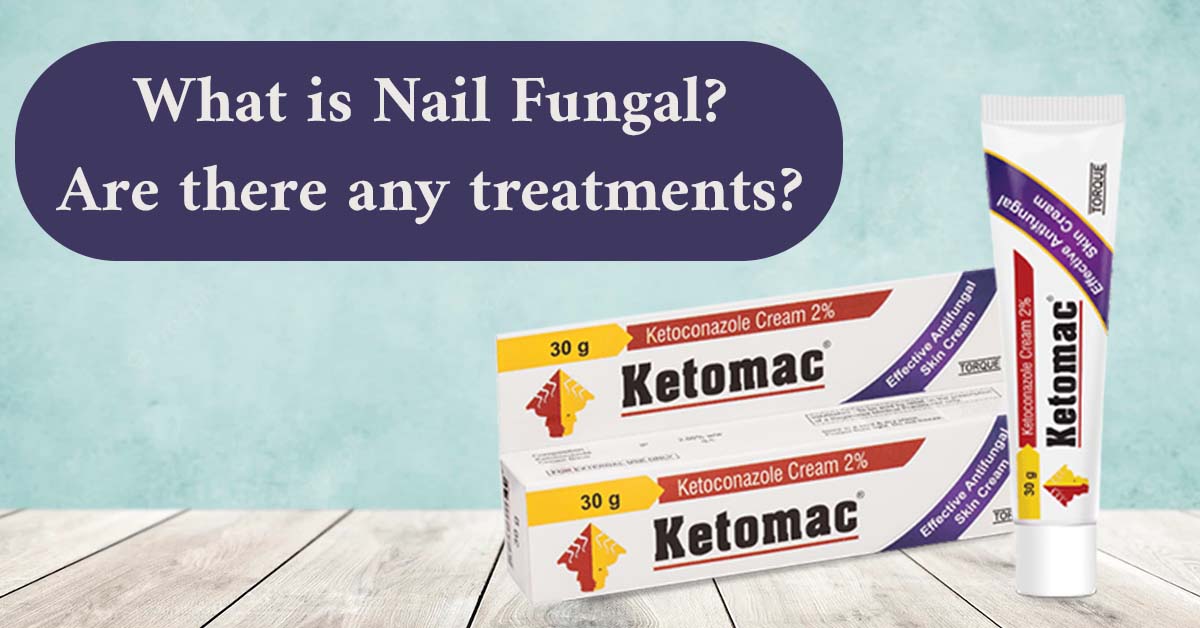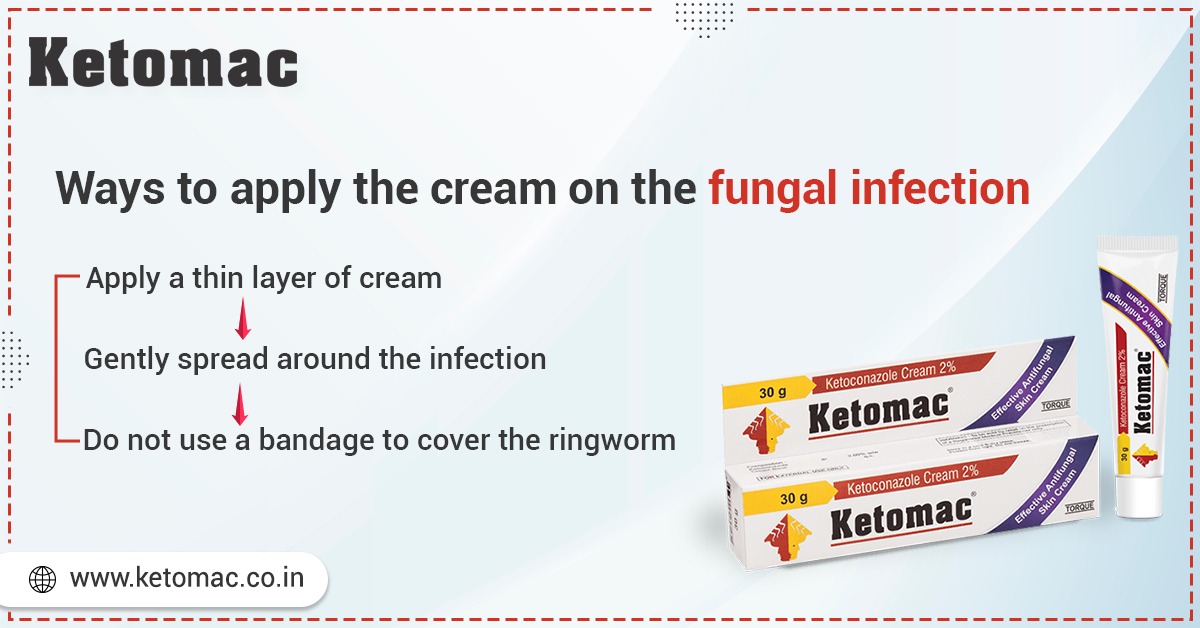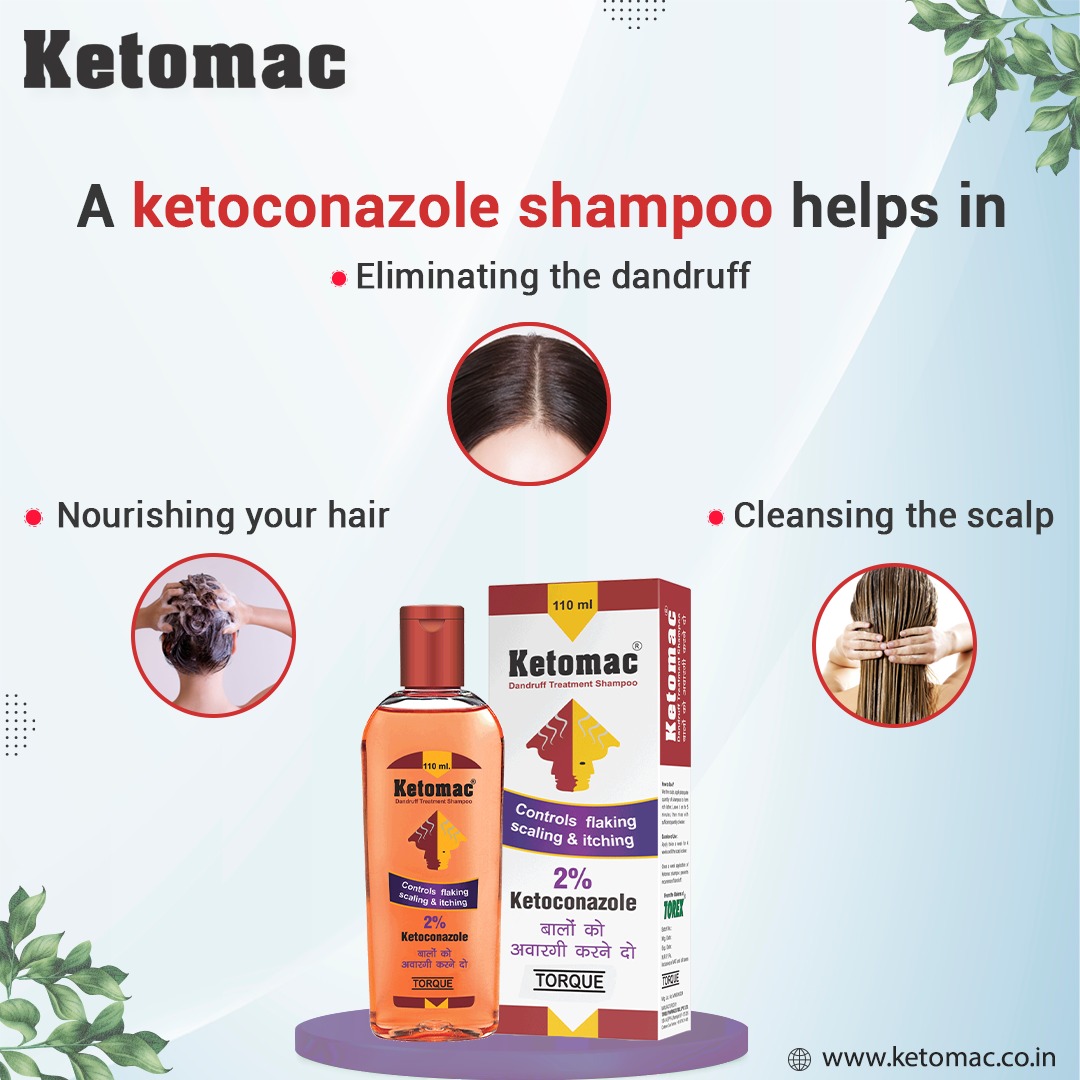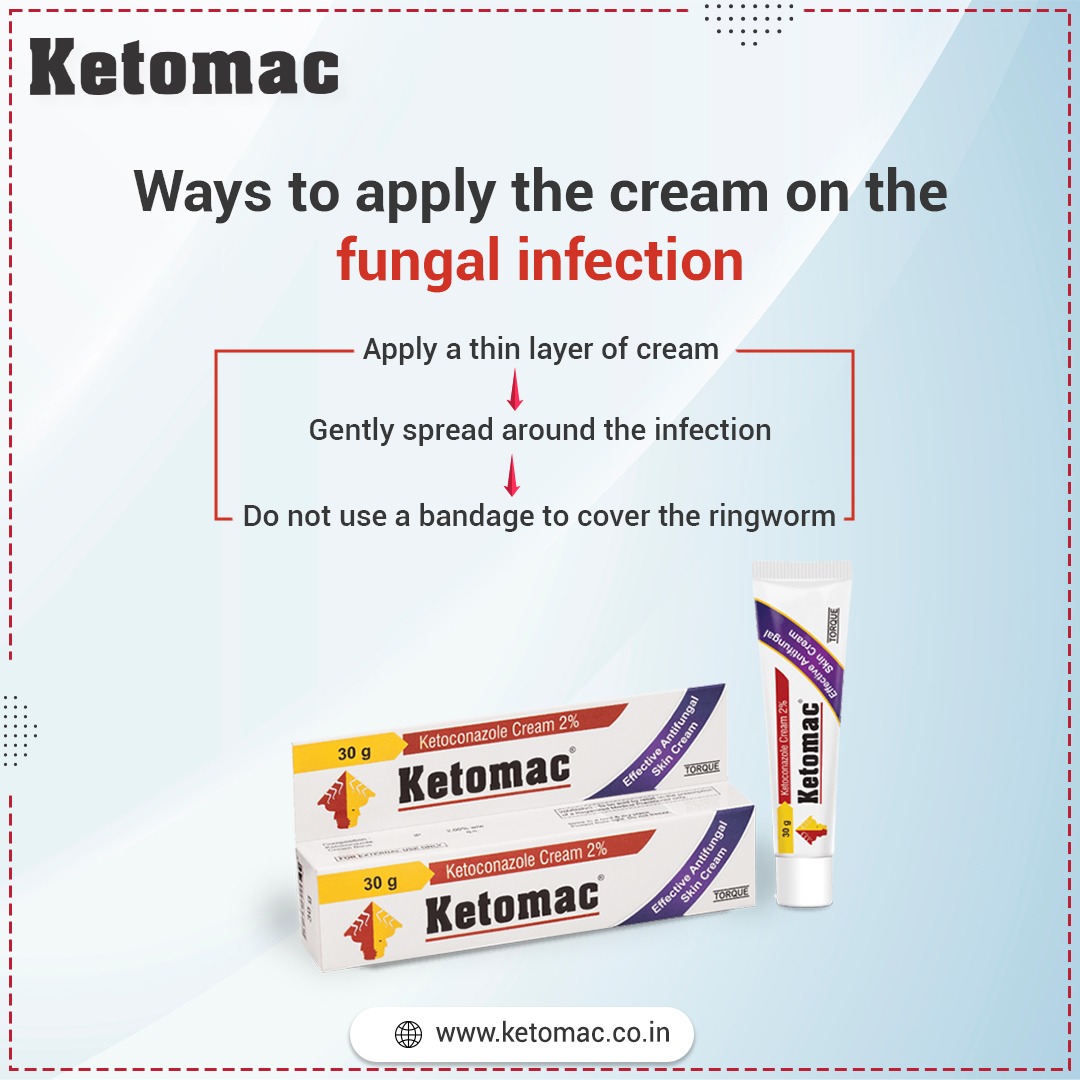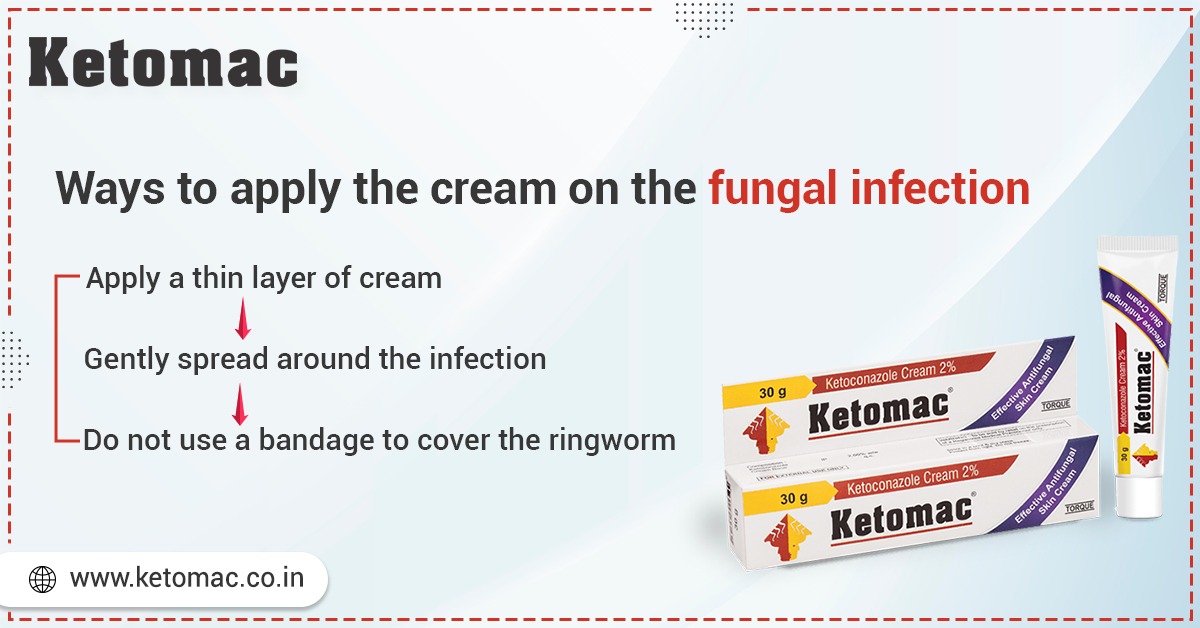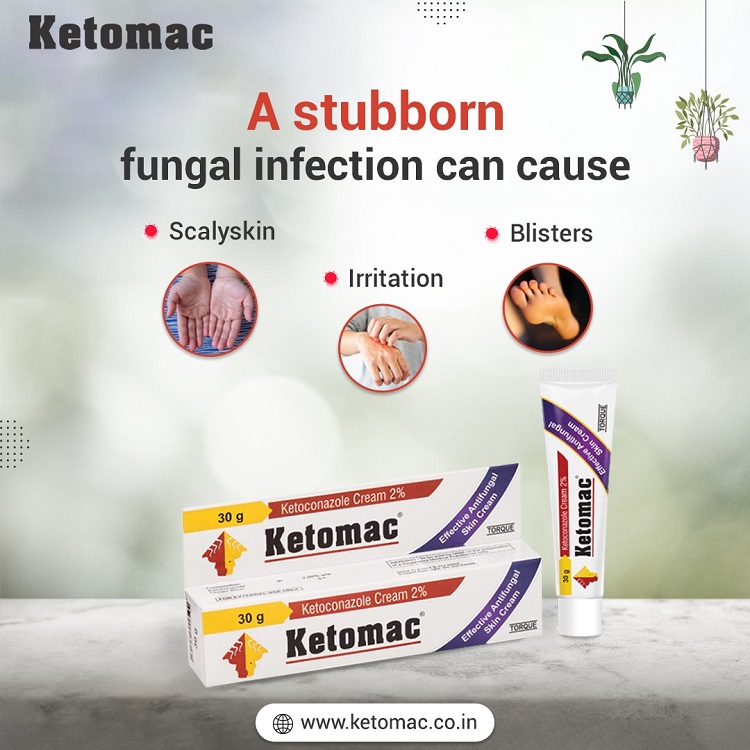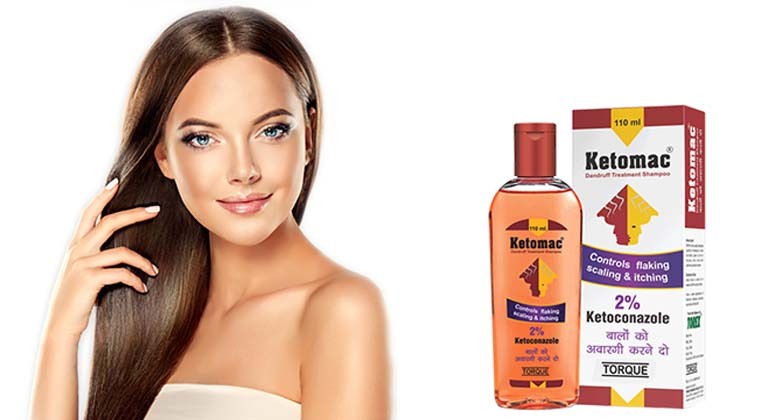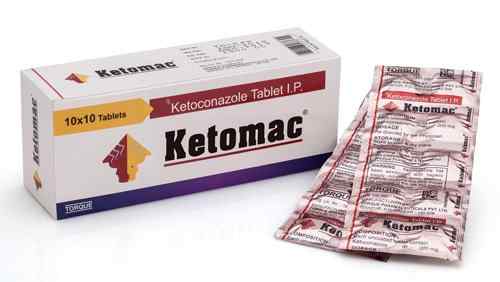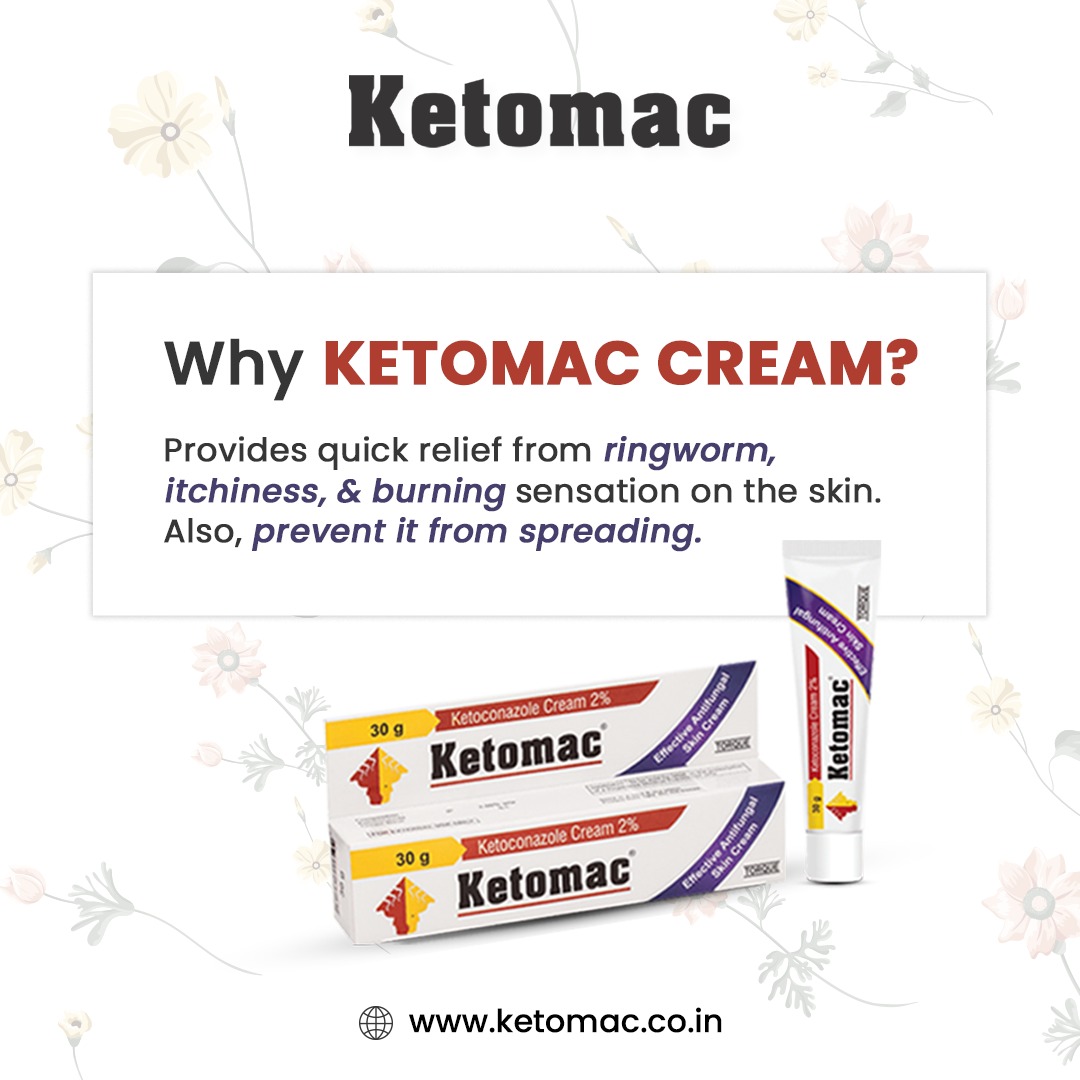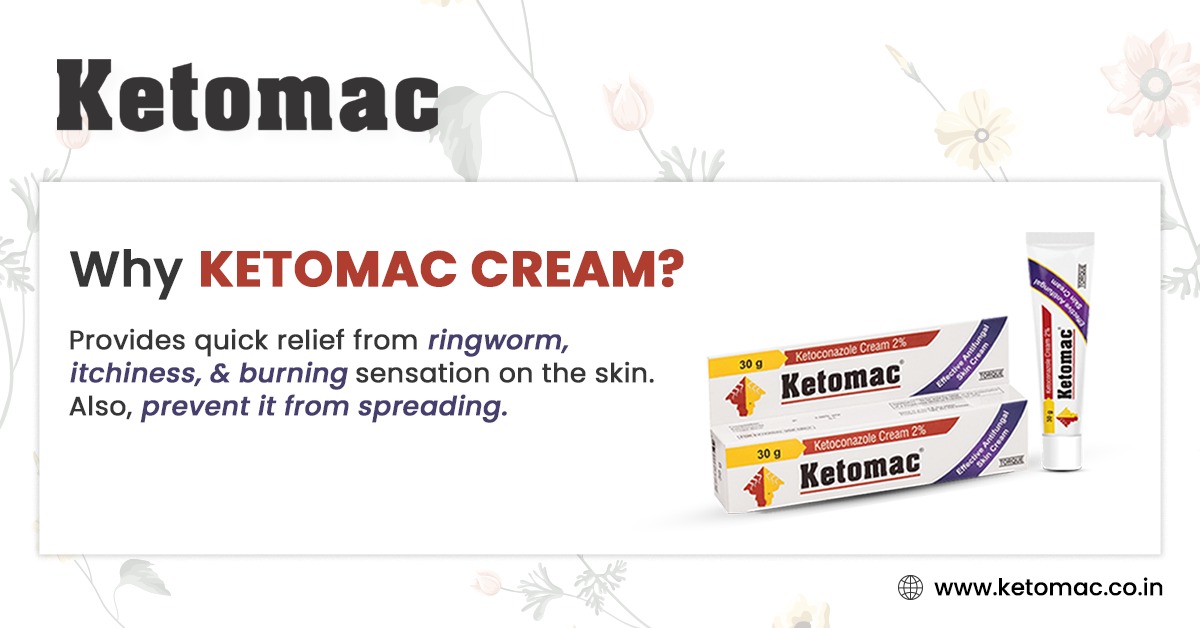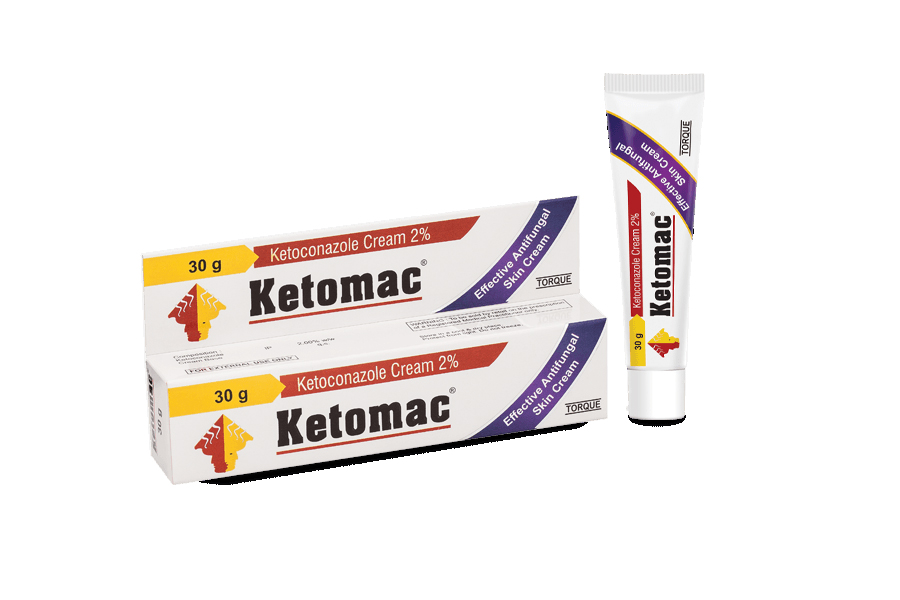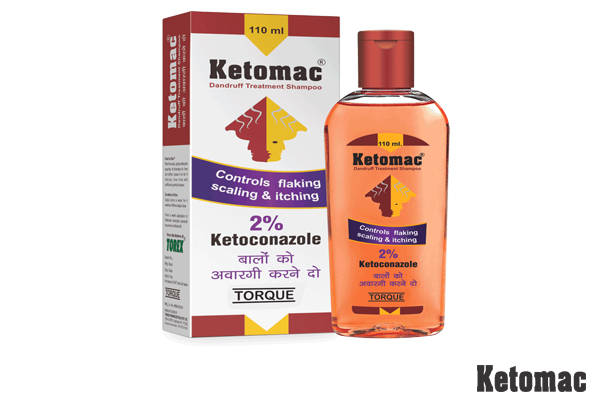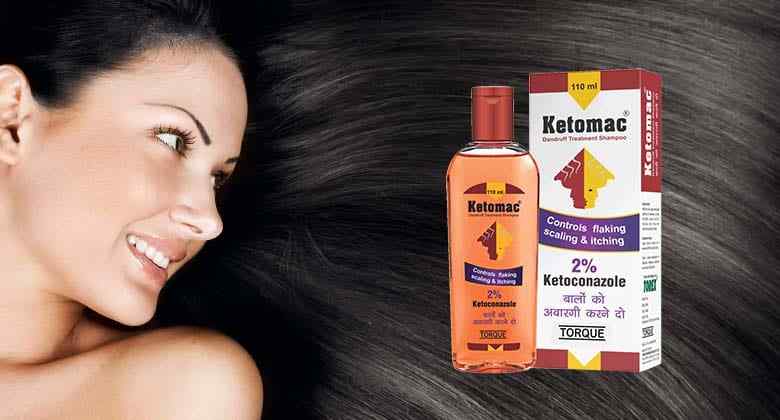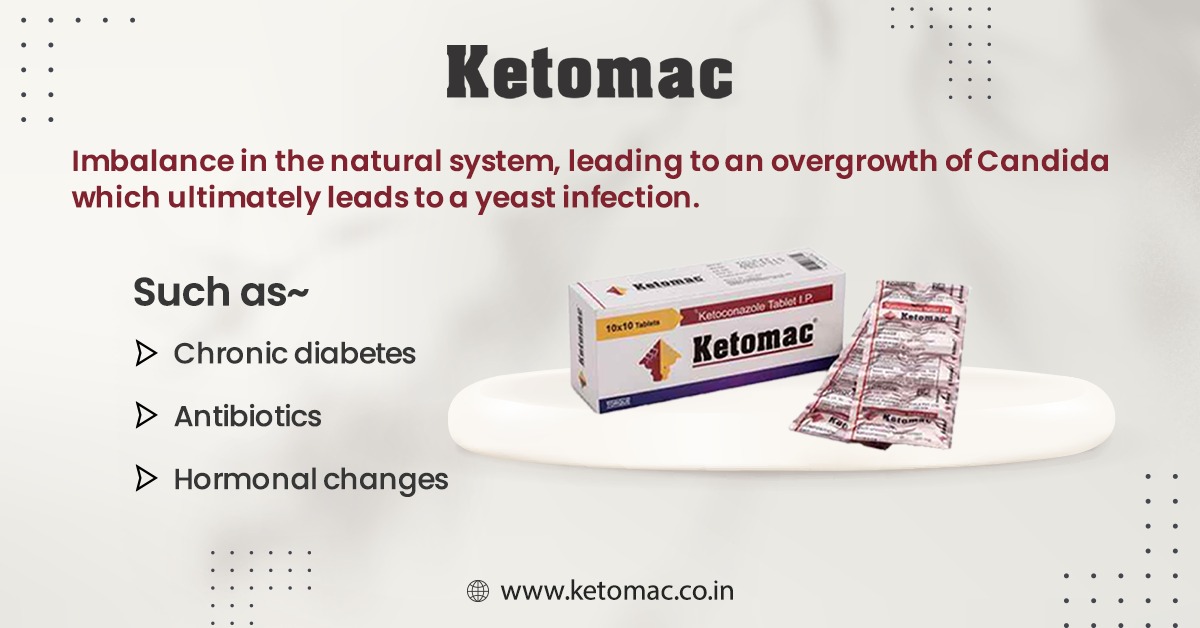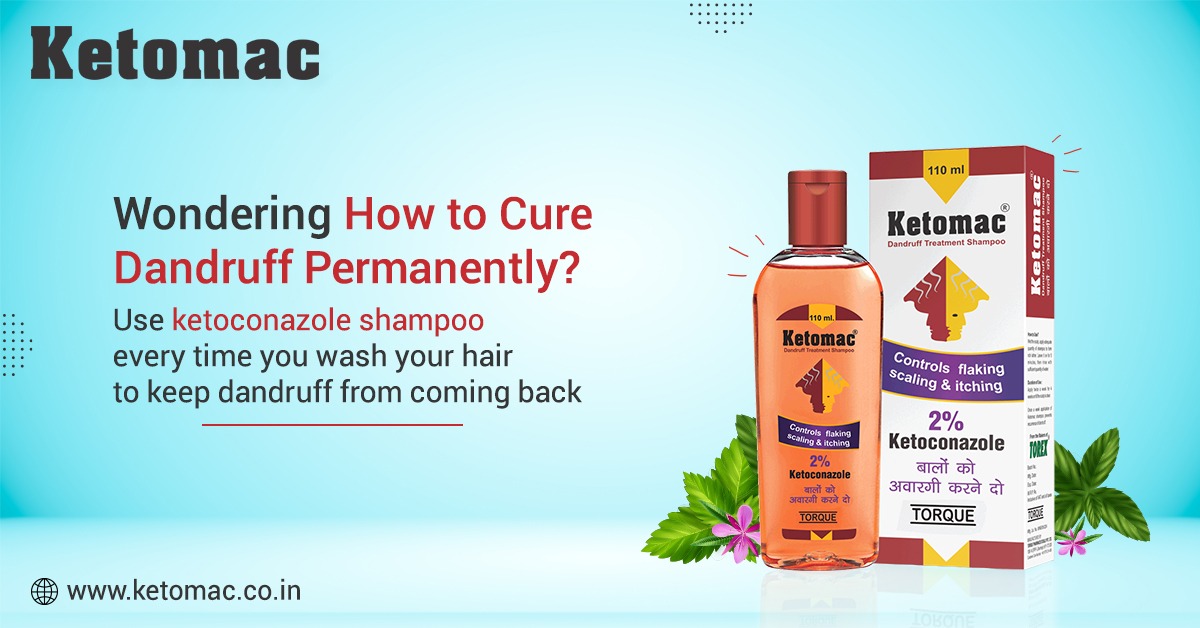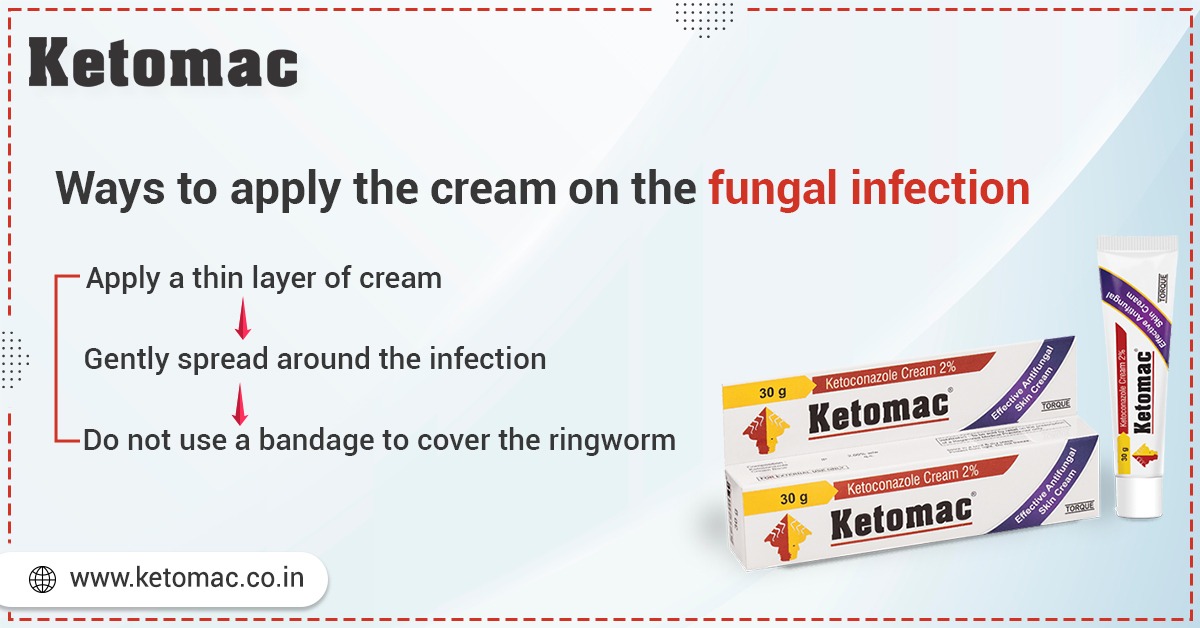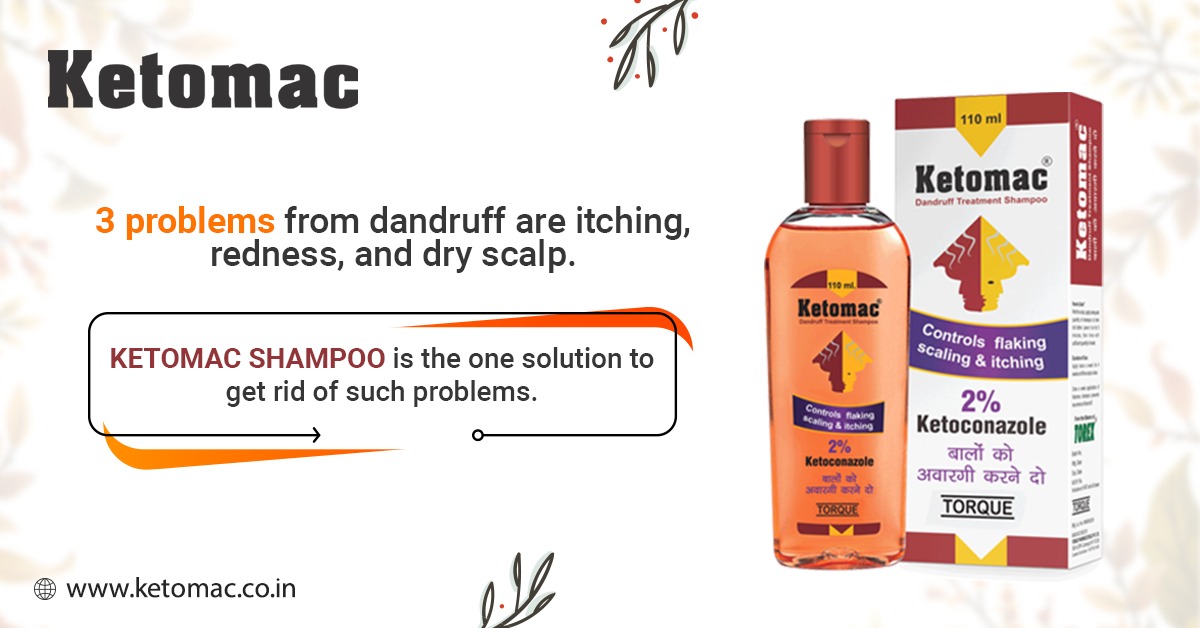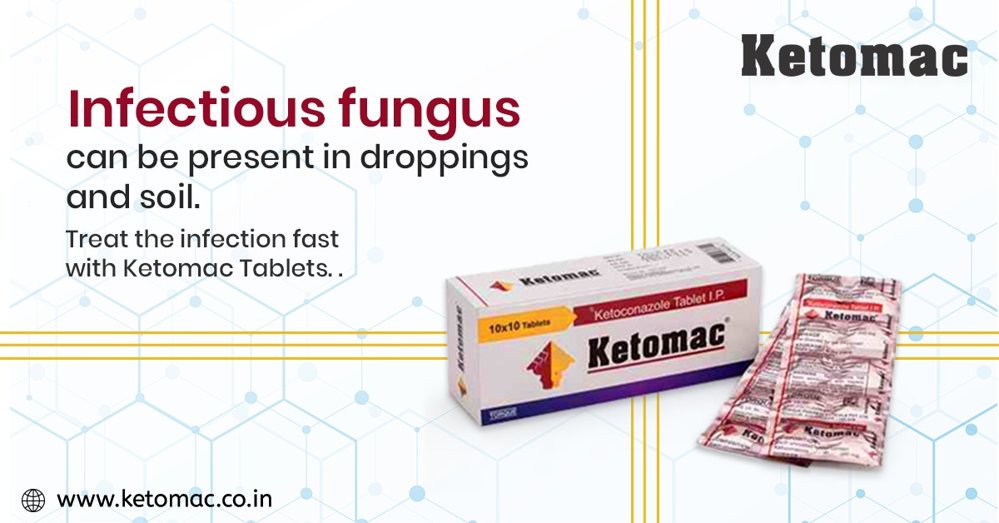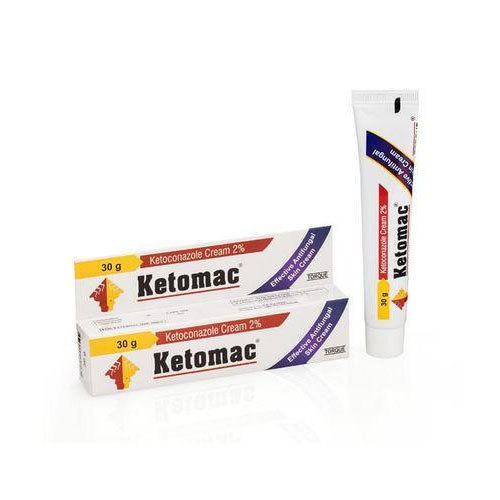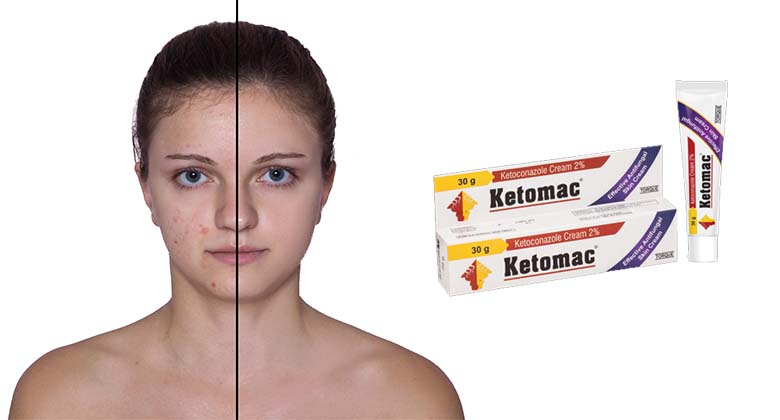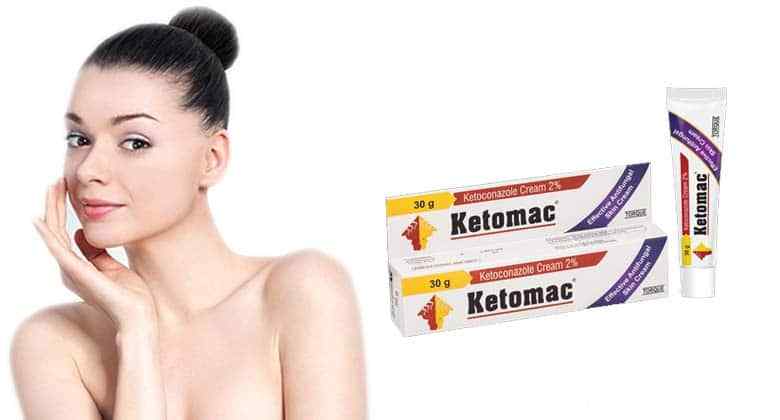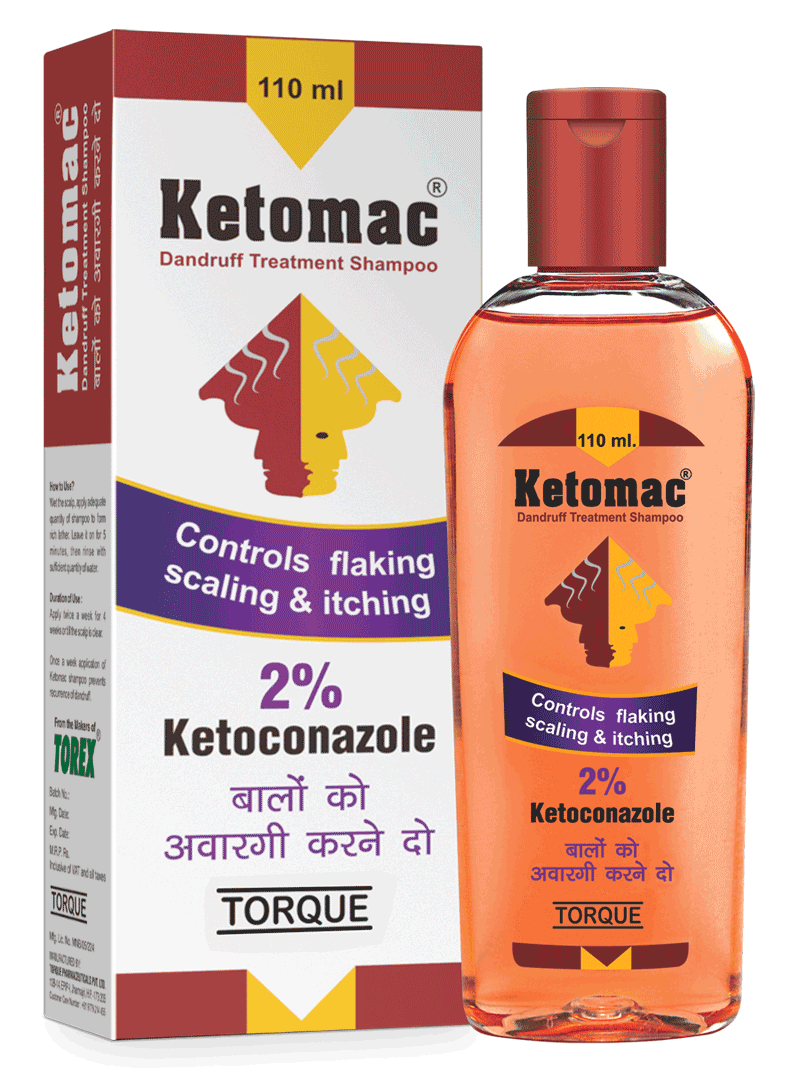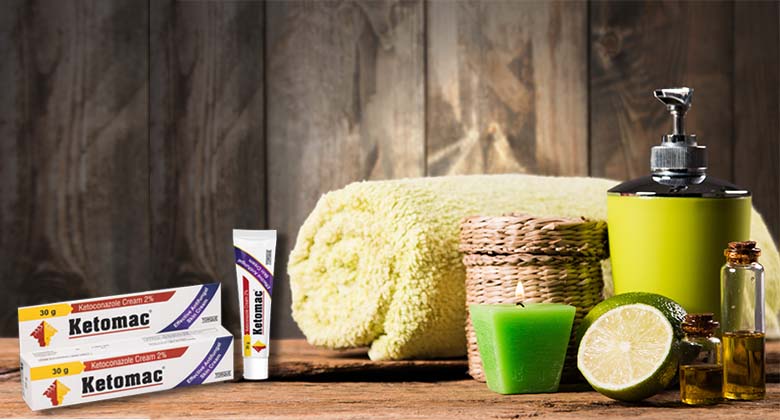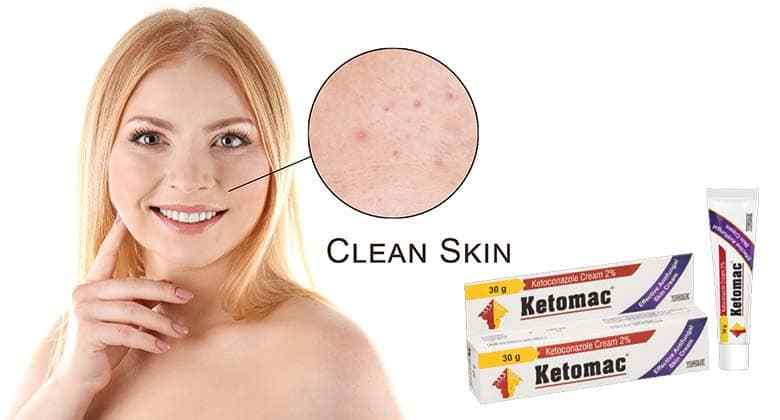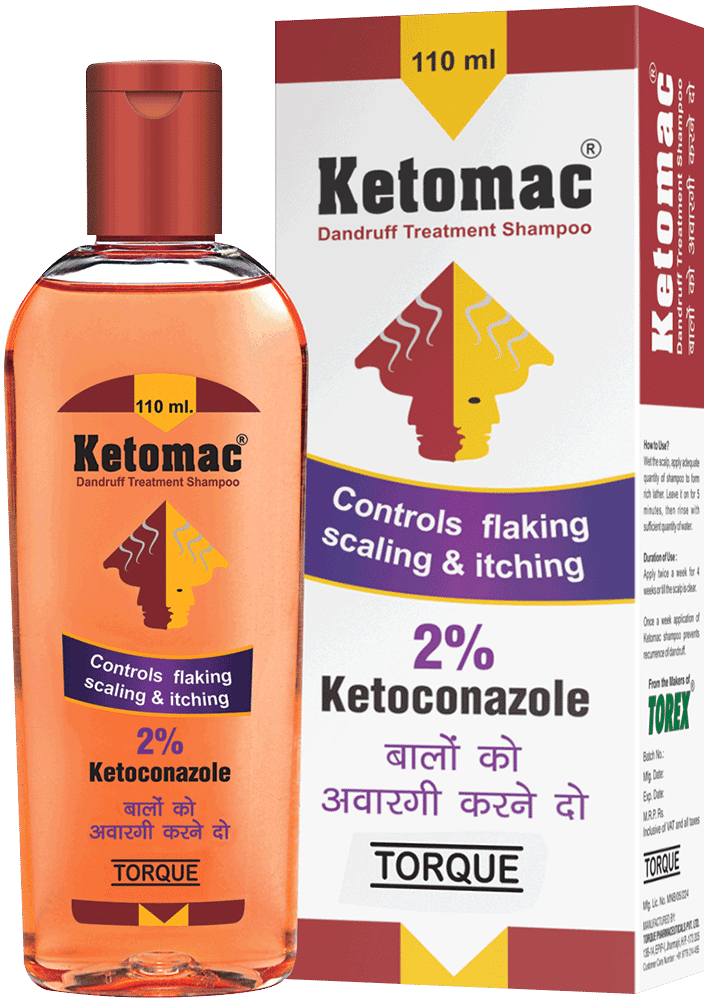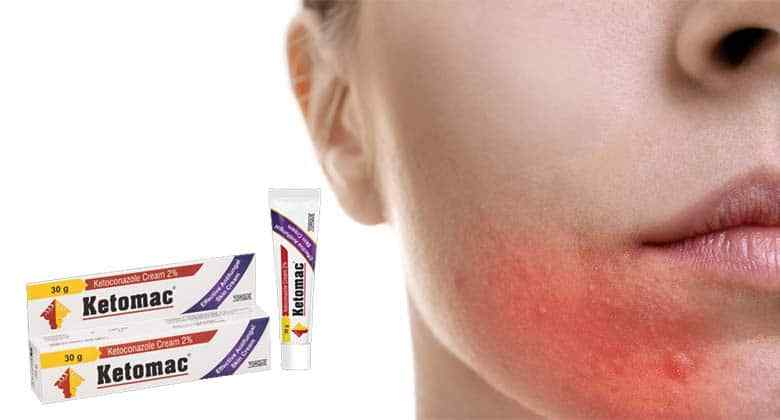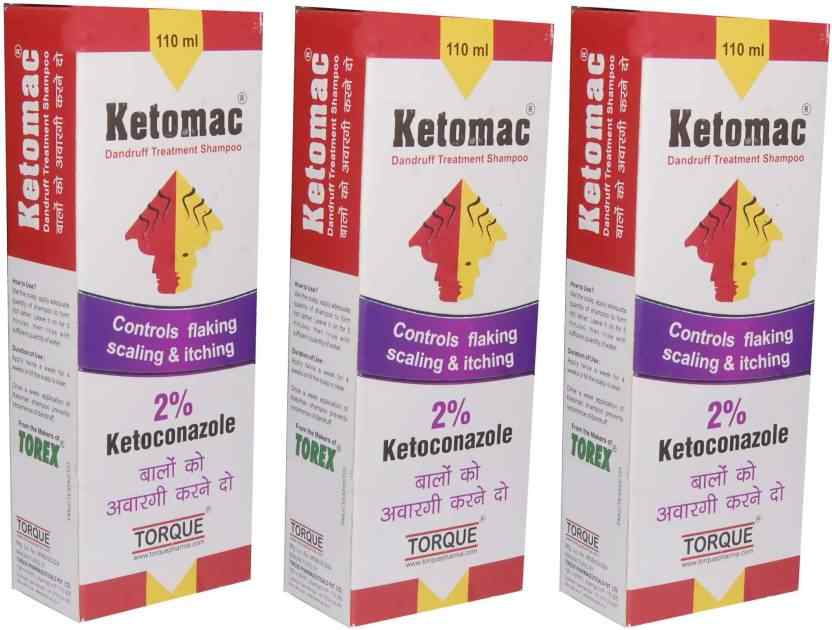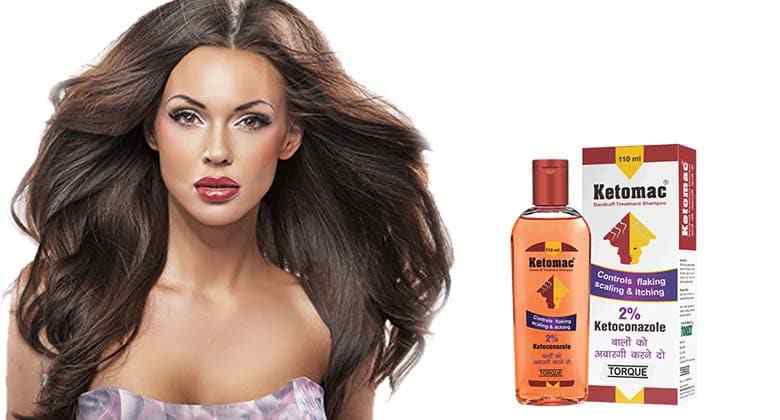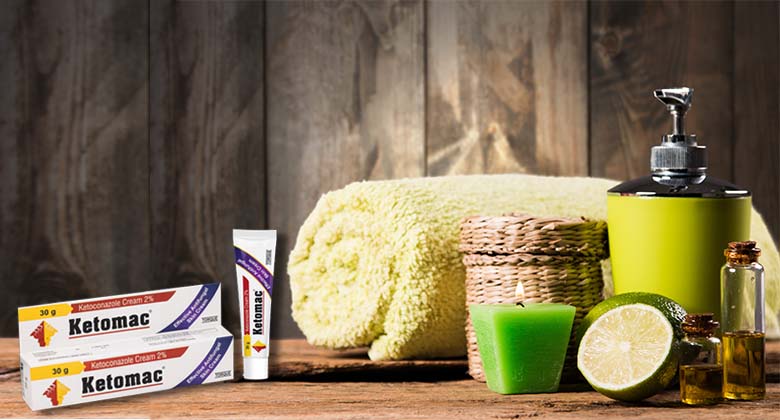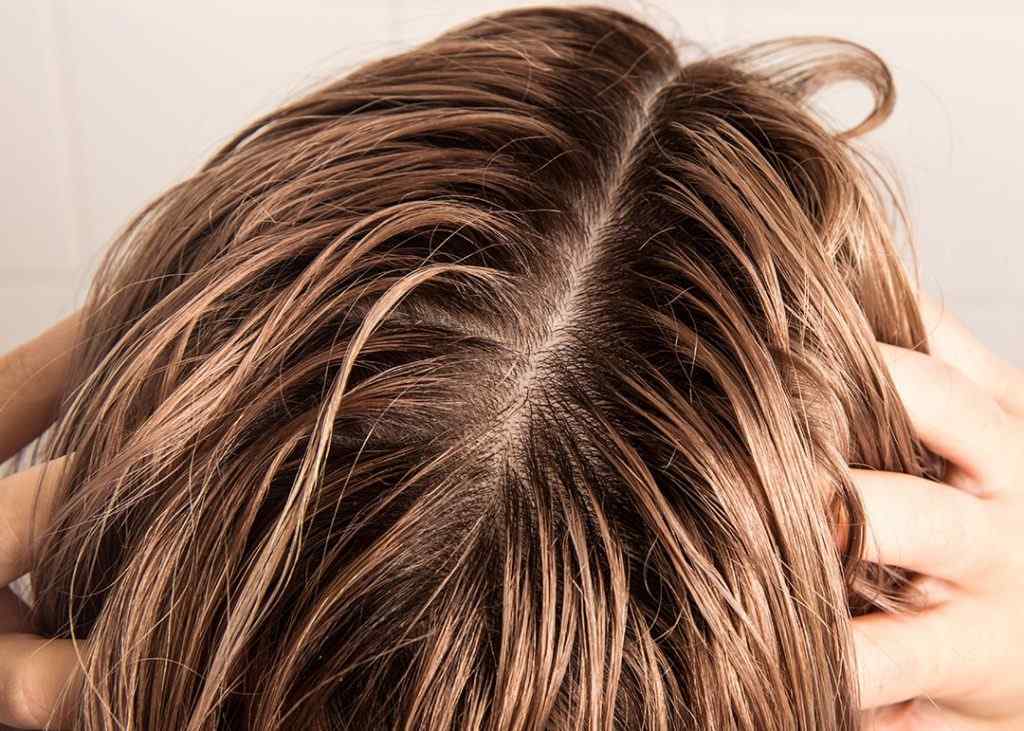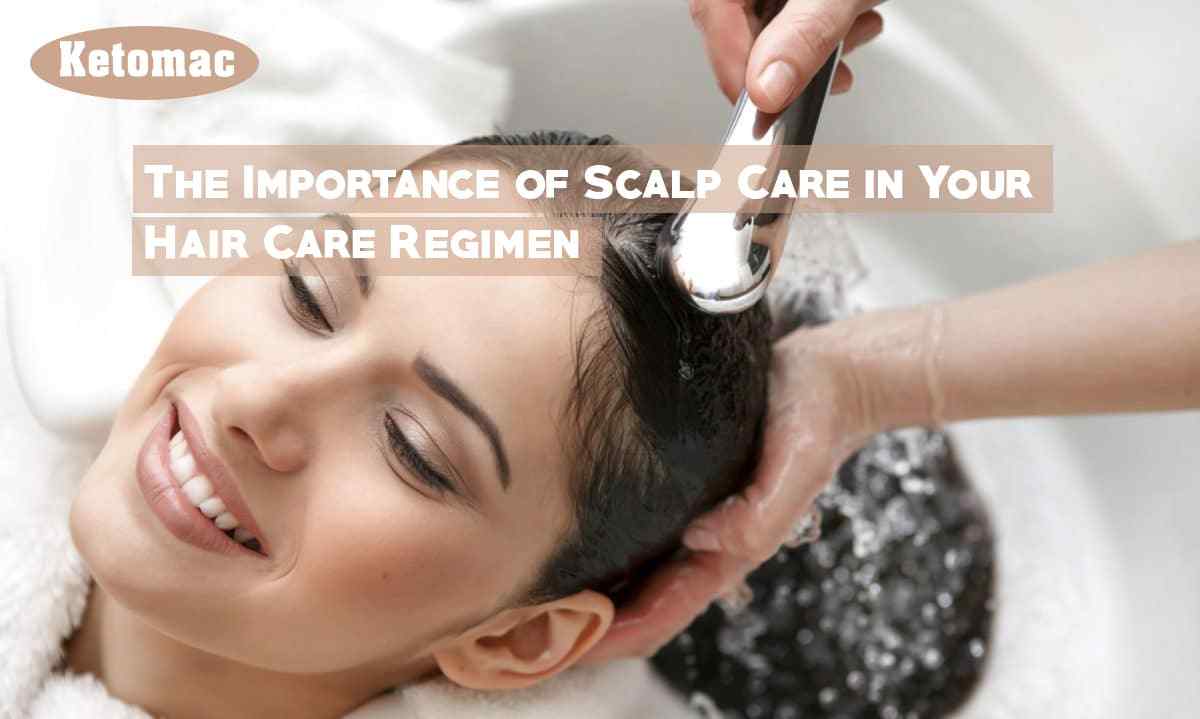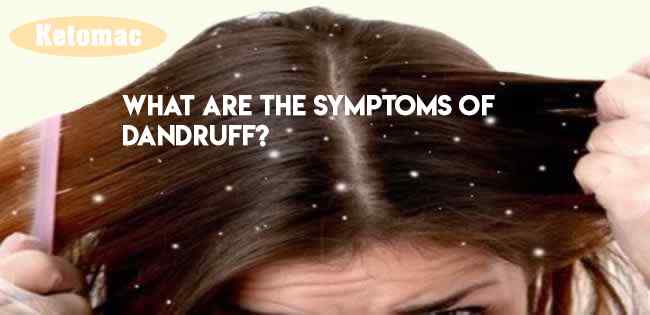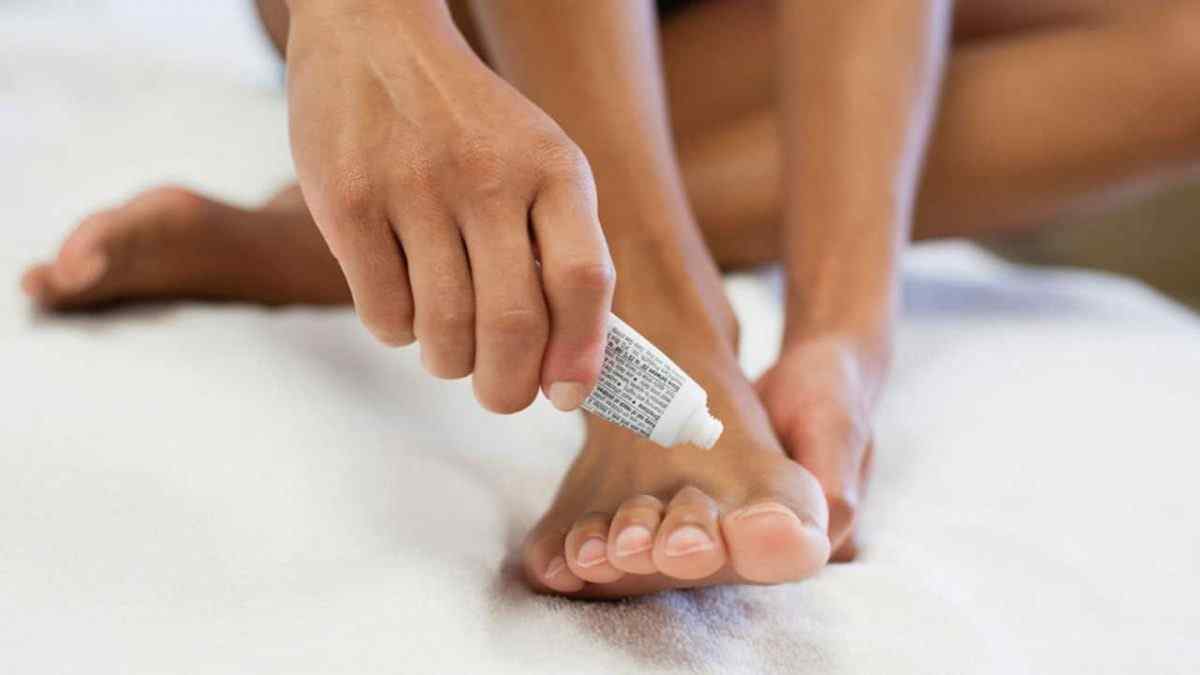Fungal infections are pretty standard, and examples of common fungal infections are athlete’s foot, ringworms, and yeast infections. While you can take over-the-counter pills to treat the infection, you can also resort to some age-old home remedies with or without the medication. You should never ignore fungal infection, and if any of the remedies don’t work, it is time to see the doctor or try some antifungal skin cream available in India.
If you are looking for a topical antifungal cream in India for treating fungal infection, you can use Ketomac cream as it is one of the best creams for combating infection. It kills fungi and yeasts by interfering with the cell membrane. It impairs the synthesis of ergosterol, an essential part of the fungal cell membrane and fungi’s cell membrane, which is crucial for survival. As ketoconazole makes holes in the cell membranes, the fungus gets killed, and the infection gets cleared.
Home Remedies for Combating Fungal Infection:
Coconut Oil
Some studies suggest that coconut oil can help in killing the species of yeast. The coconut oil is extracted from the dibble part of the coconut, and it is pretty effective in fighting fungal infection because of the presence of fatty acids. It destroys the infection when you put coconut oil on the affected area.
Apple Cider Vinegar
The apple cider vinegar is packed with antimicrobials and is effective in treating any fungal infection. It is recommended that one drink diluted apple cider vinegar as it helps kill the infections and prevent them from spreading any further. It is also known for reducing the recovery time.
Garlic
Garlic is known for its excellent antibacterial properties and is considered great for fighting skin infections. It is hard to reach and treat the place if you have a fungal infection under the nail bed. You can consider applying crushed garlic on the site as it is the best treatment for combating fungal infection.
Cranberry Juice
You may have heard that cranberry juice is effective in treating urinary tract infections, but did you know that it is also effective in treating fungal growth? It can help combat yeast infections and rectify the pH levels of your urine, which helps prevent fungal growth.
Plain Yogurt
If you are suffering from a yeast infection, plain yoghurt can be an effective treatment. Plain yoghurt comes with active cultures that reduce the growth of fungi. Yoghurt is also full of probiotics suitable for your digestive health and boosts your body’s ability to absorb nutrients and fight infections. Make sure you buy yoghurt, which consists of lactobacillus strains.
These are some of the effective yet simple home remedies for fungal infections. In addition to the remedies mentioned above, you can buy antifungal skin cream available in India online. Ketomac cream can be ordered online at an affordable price, and it will be delivered within a few days.
Facing a Fungal Rash on Your Face?
You can start using creams or lotions like antifungal lotion or antifungal skin cream available in India. It would make sure that your face is clear of any fungal signs or rashes. Of course, any person can treat and avert face allergies or rashes once they know what is triggering them, even though they are annoying when they happen. Rashes or allergies might be mainly common on the face as the skin is a lot more sensitive than in another place, and because of various face creams and other products, folks use them on their faces.
What Might be The Signs of Allergic Face?
Yes, an allergic reaction or rash symbols differ depending on the activated substance, otherwise known as an allergen. Red spots on your skin, itchy eyes, inflamed lips, and puffy skin might be signs of an allergic reaction. An individual could develop a red rash in one area after using face cream, while someone who gasps pollen might have a widespread rash.
What are The Signs of an Allergic Reaction on The Face?
- Swollen, raised areas of skin
- A prickly, stinging, or burning sensation
- A hive or rash
- Tiny, red spots on the skin
- A swollen tongue
- Itchy or that of red eyes
- Extremely watering eyes
- Cracked or that of dry skin
Signs or symptoms of an allergic reaction could grow within seconds or minutes or gradually over various hours. Signs are generally mild, but these can trigger anaphylaxis, a life-threatening condition in rare instances. But anyhow, the moment you know you have a specific rash, and it is getting expanding, then start using a good quality antifungal skin cream. Indeed, when you have the right products to fight off your condition, you must not hesitate to use them.
Do You Think It Can Happen to Anyone?
It is not that face rashes or allergies are restricted to women or men; people of all age groups might develop a rash on their face. Just because you are in your teens or your early twenties does not mean you cannot have that rash or infection on your face.
Indeed, skin can be sensitive, and it activates and triggers allergies and rashes. If you are using a specific product and feel that you get that rash or uneasiness on your cheeks or face, you need to shun it. If the rash or skin condition has gone out of control now, make sure you start applying an anti-allergy cream right away. Once you use the right products, half of your issue gets resolved. Constant usage and proper care can ensure that you get rid of your skin condition sooner than you think.
A Few Types of Fungal Infections You Can Encounter
It is always better to know about the types of infections, allergies, or skin conditions you can have. If you have a fungal skin infection that has yellow patches, you can use the cream or lotion, and it does wonders. Anyhow, there are many types, and a few of these can be like:
Athlete’s Foot:
It is a fungal infection related to feet having itching, scaling, and also redness. This might be triggered by several diverse fungi such as Trichophyton, Microsporum, and also Epidermophyton. It is a simple condition, but it might expand into hugeness if you don’t take care of it.
Ringworm
Moreover, there is also Tinea Capitis that is a ringworm that influences your scalp. It is a thing that can appear in the shape of a red or silver rash anywhere on the body. It is usually ring-shaped and is most commonly triggered by the fungus Trichophyton rubrum. Of course, you have various antifungal creams out there that can release you from these skin conditions.
Onychomycosis
Talking about this type of fungal infection, it is related to the toenails or fingernails that can include any component of your nails, such as the matrix, plate, or bed. It can trigger pain, discomfort, and also disfigurement. Onychomycosis is activated or triggered by different fungal organisms, and the dermatophyte is most common. Yeast and molds even trigger nail infections. Indeed, some creams might quickly rescue you from this condition in case you take action.
Tinea Versicolor or Pityriasis Versicolor
Speaking of this type of fungal infection, it is a common condition that activates small patches of skin to get scaly and discoloured. These might be darker or lighter than the adjacent skin, or even red or pink. The condition is activated by yeast known as Malassezia that resides on most people’s skin without triggering any issues. But again, it is a condition that could make you look really uncool and somewhat ugly too. You need to take a step to ensure that you get out of this skin condition as soon as possible. You can find out good quality and effective antifungal ointment in India and ensure that it works wonderfully for you. It would ensure that your issue gets resolved in time and adequately.
You can get rid of your fungal issues once you use the cream when you find it growing or developing therein. There is no requirement to wait until it reaches the apex. Come on, and you cannot just take any danger. Sometimes when people avoid the beginning of these issues, they end up with repeated visits to dermatologists and skin specialists. The sooner you apply the suitable fungal cream on your skin or the affected area, the sooner you will experience relief.
Conclusion
So, when are you going to get these creams, lotions, and ointments? Do not take a chance with your skin and treat your fungal infections with antifungal skin cream available in India.



